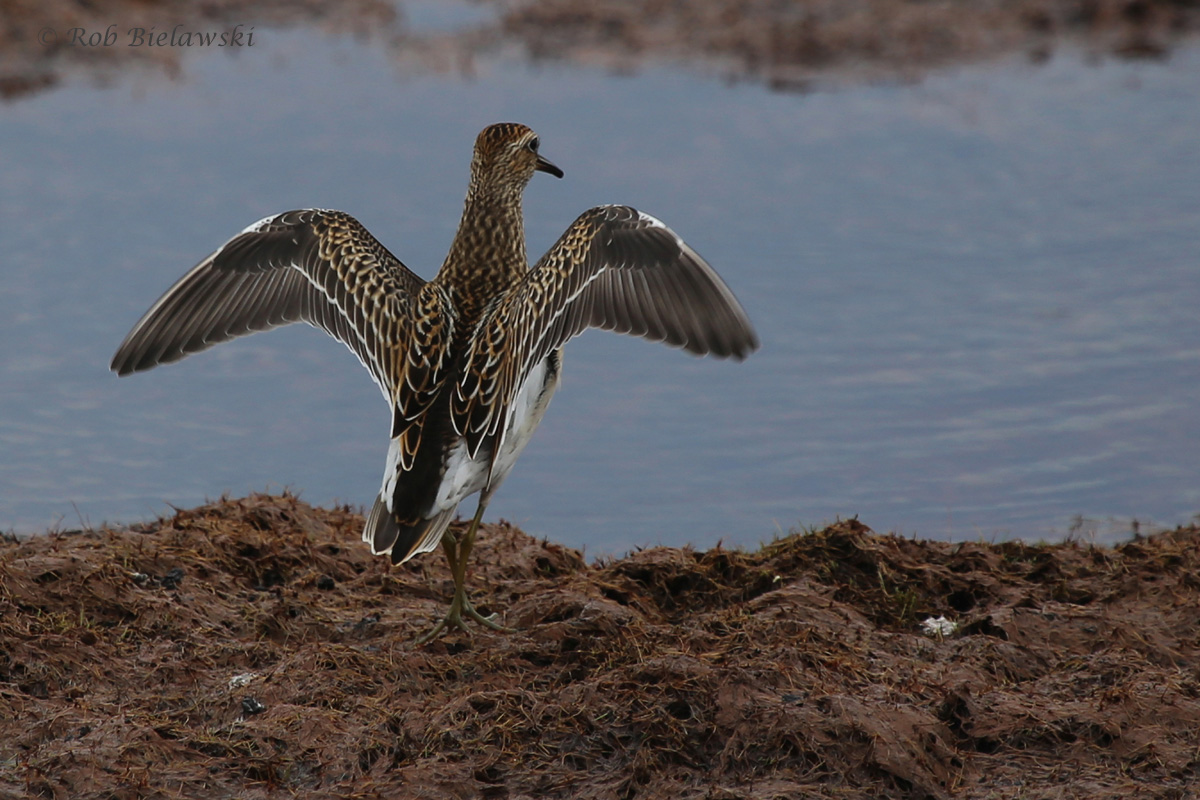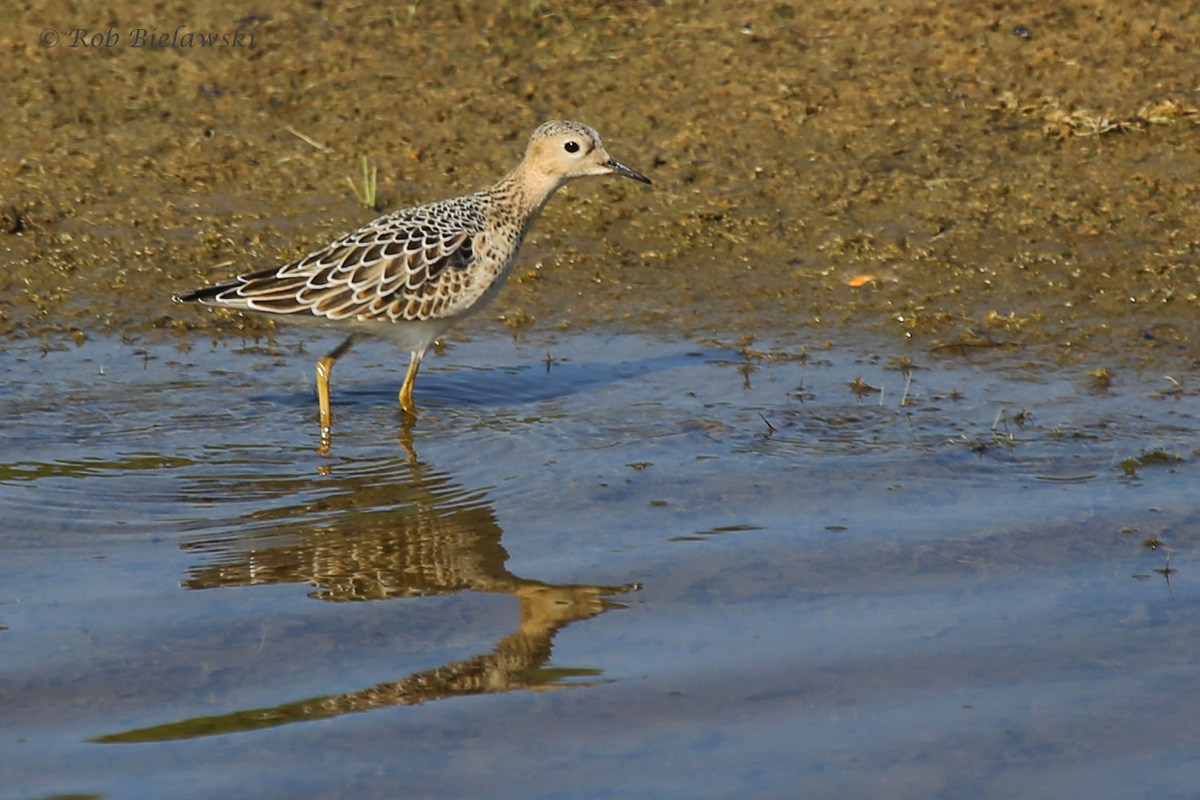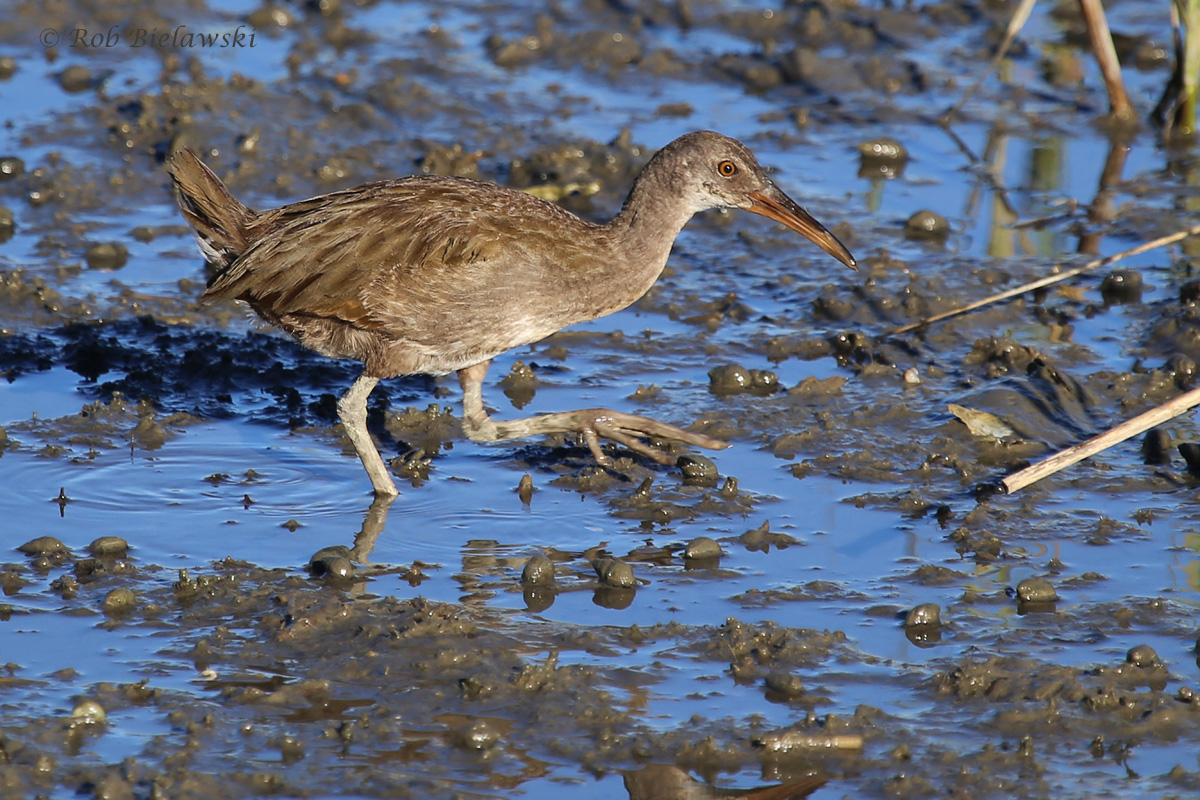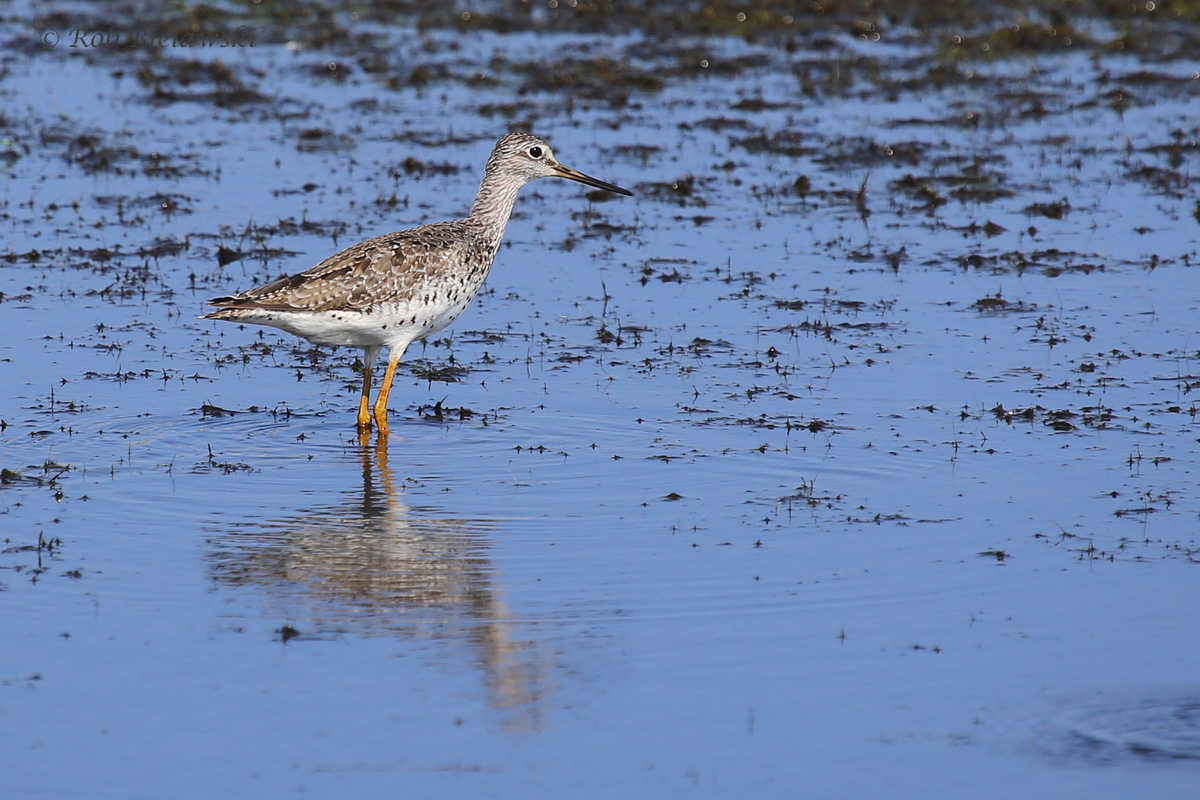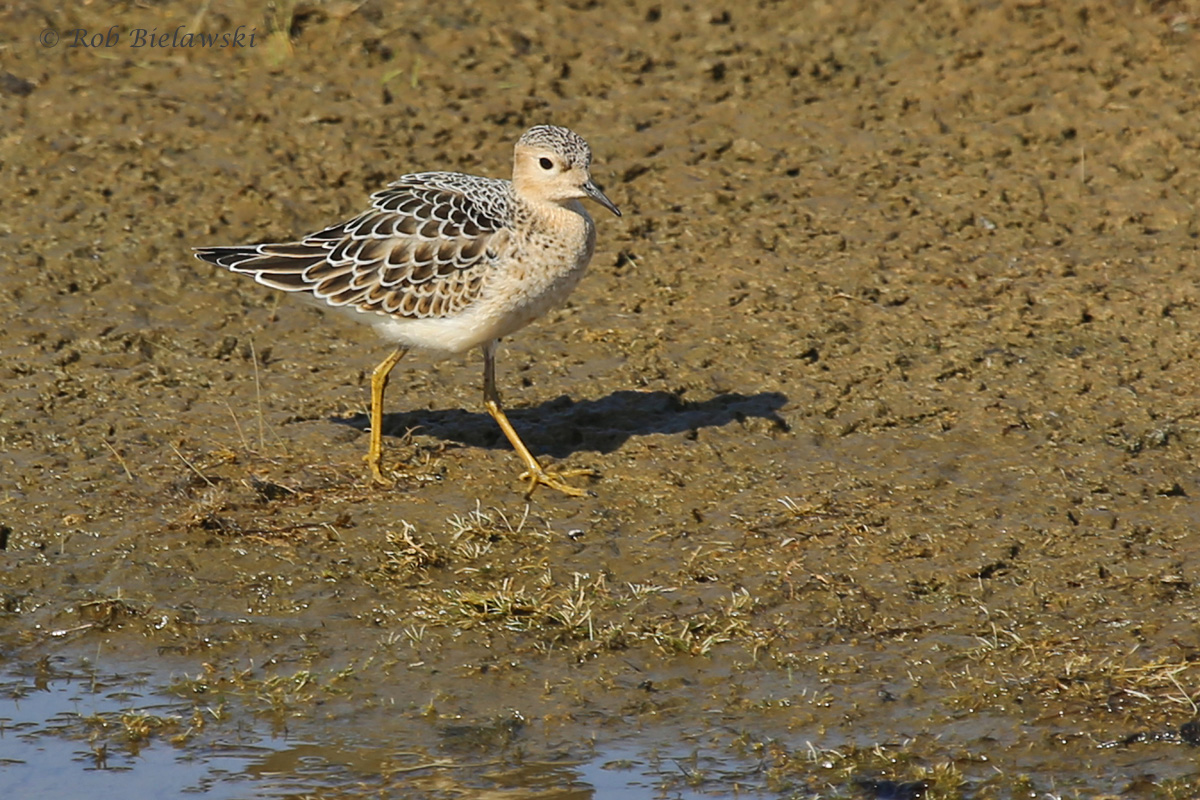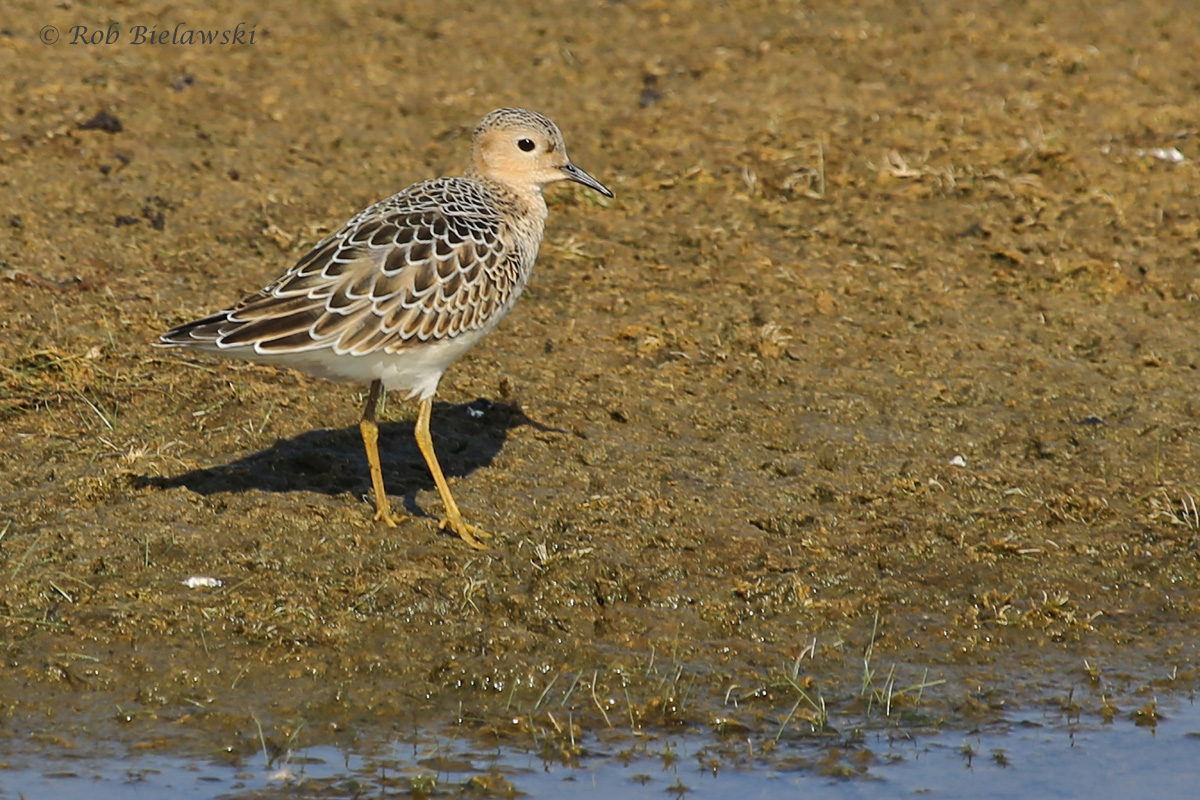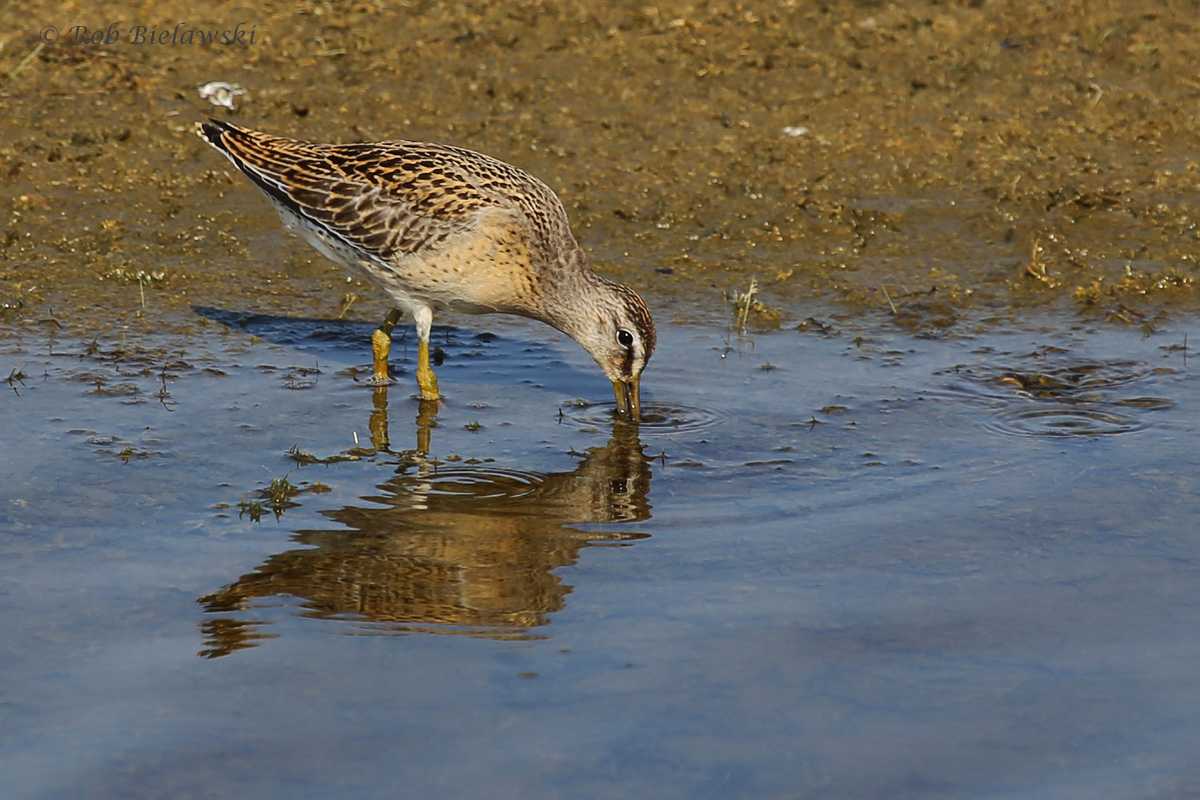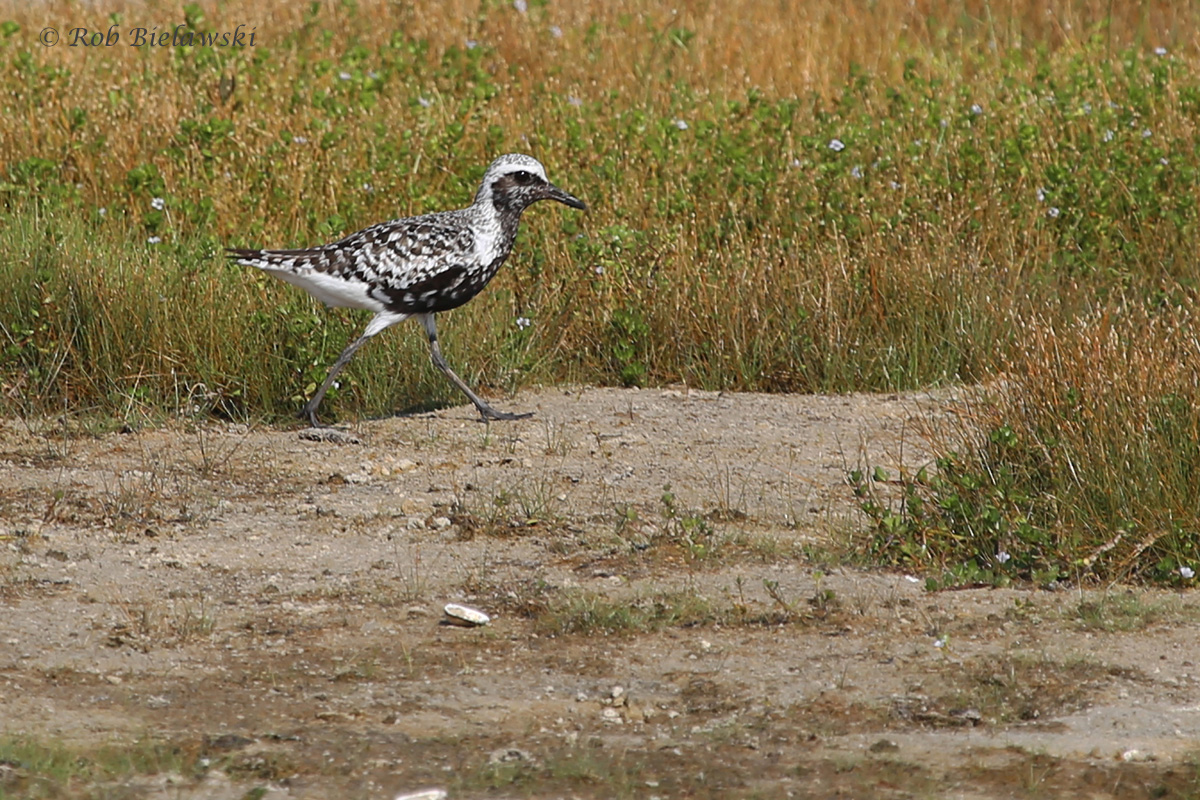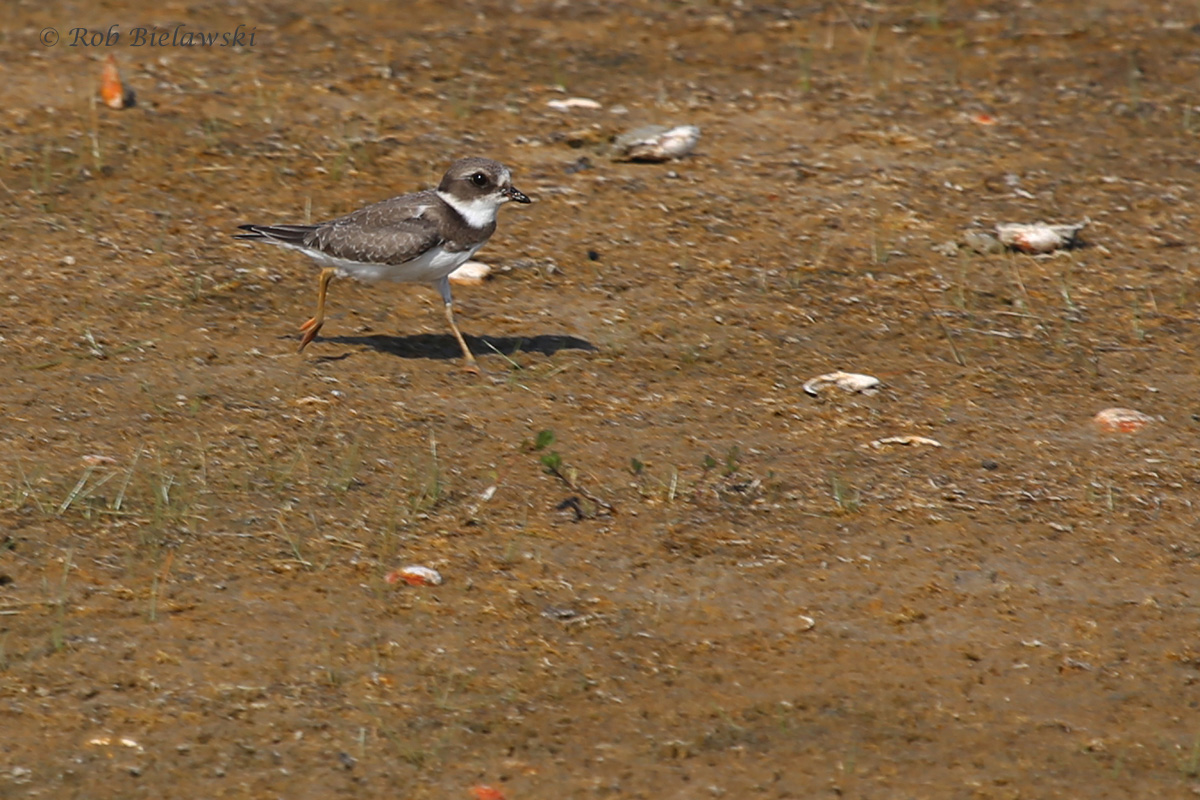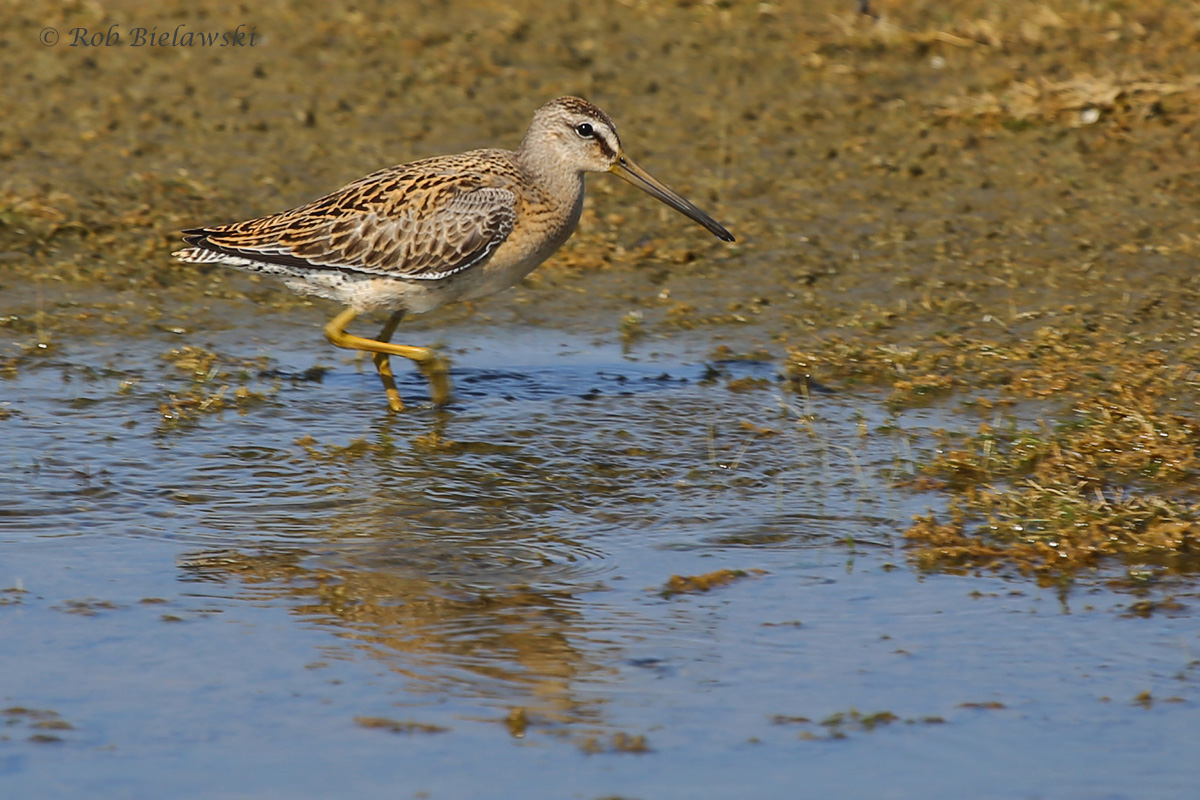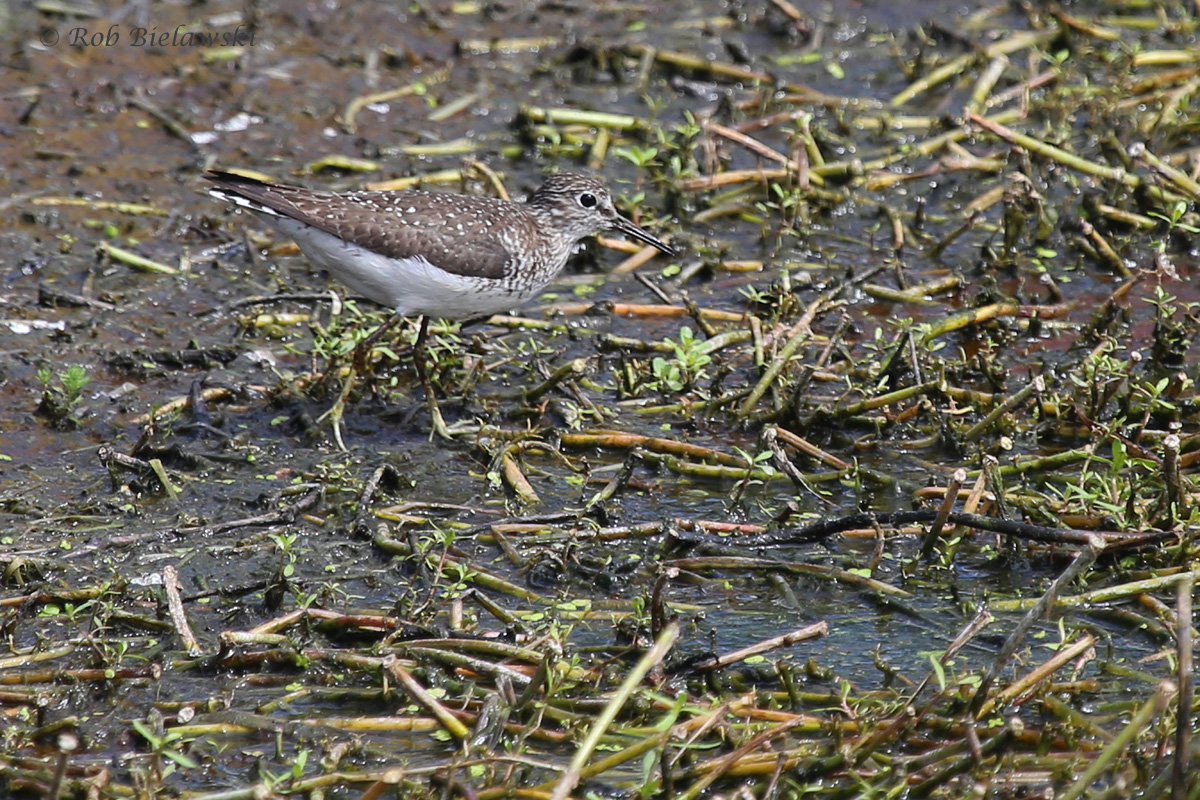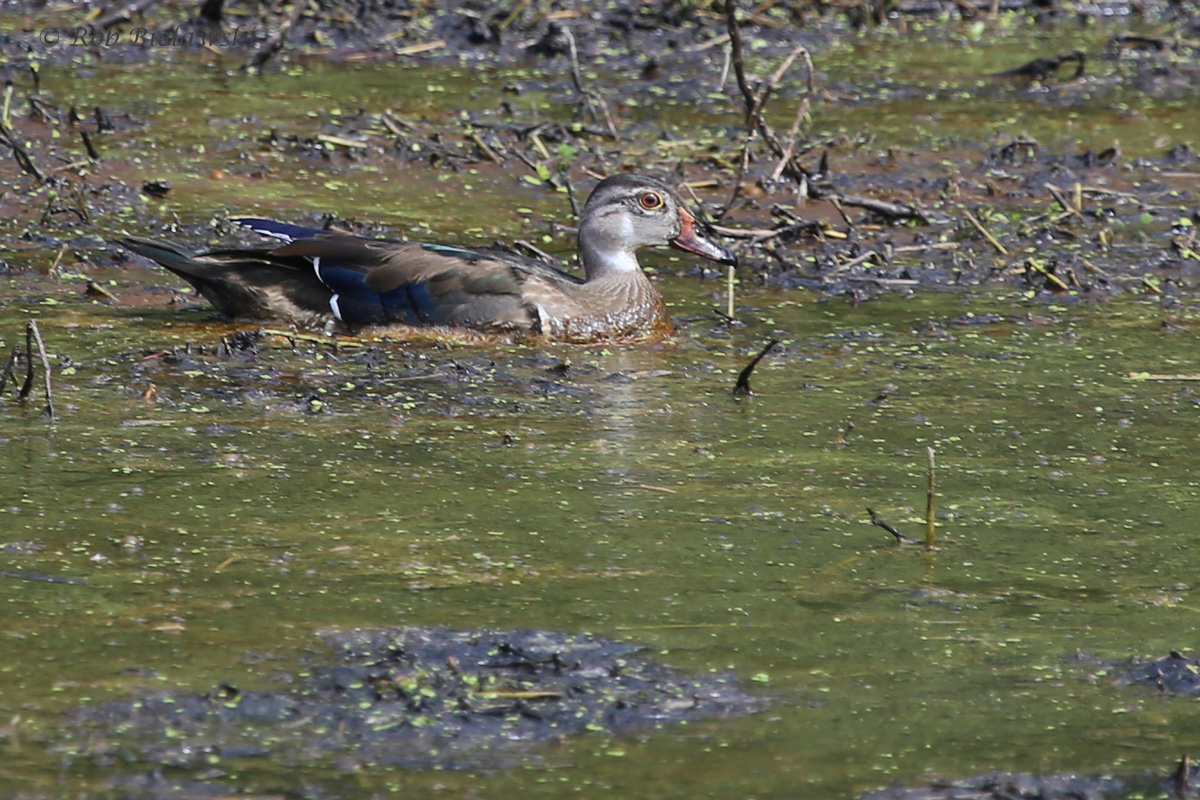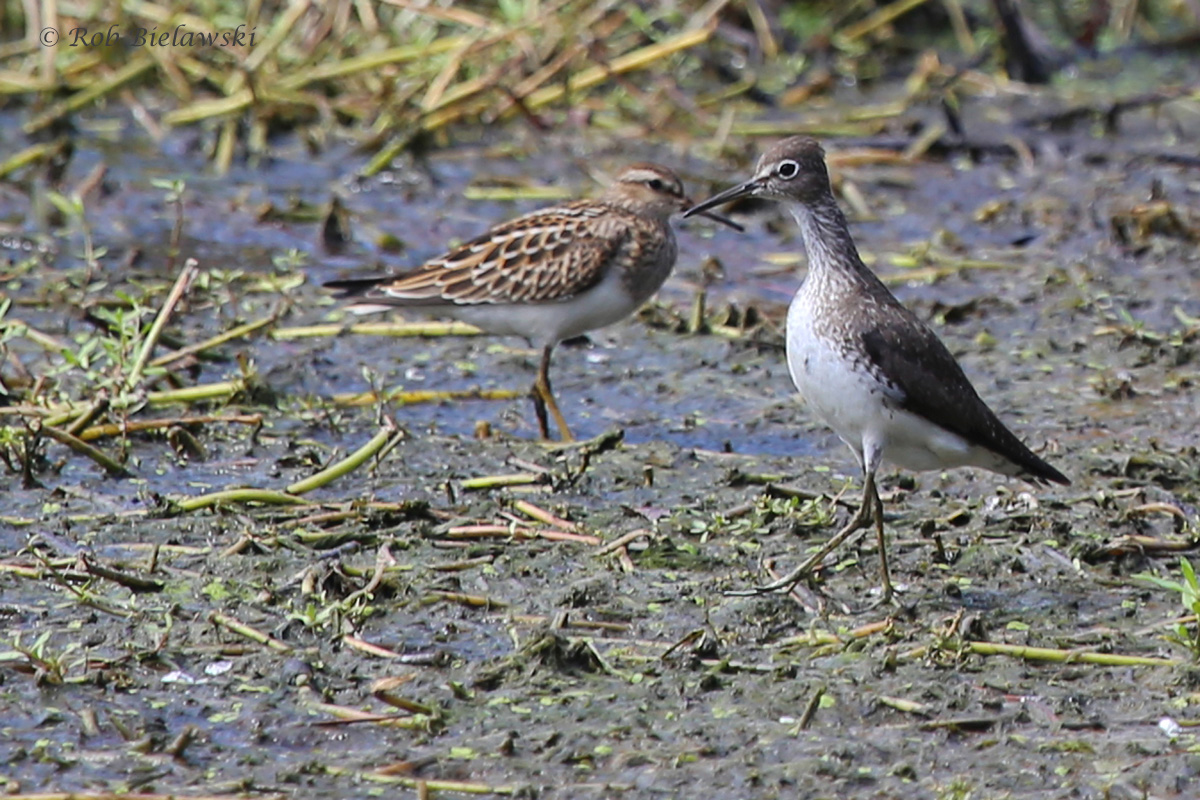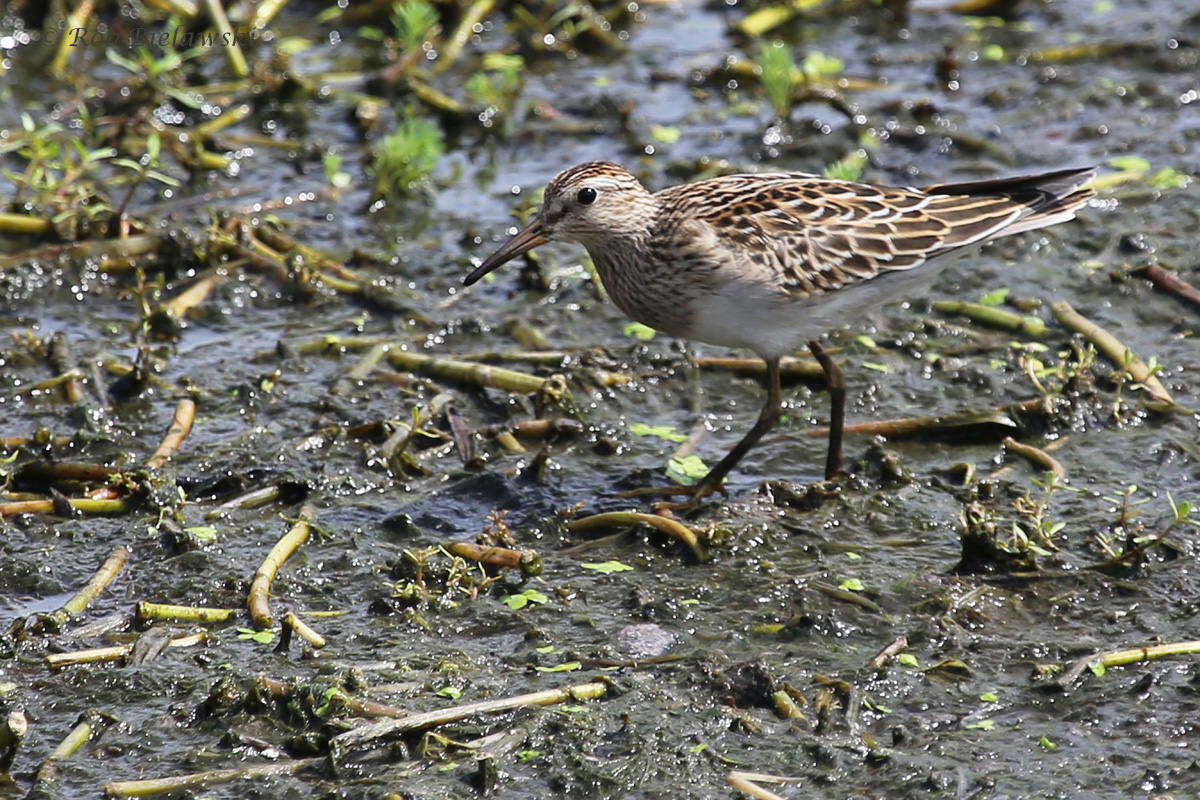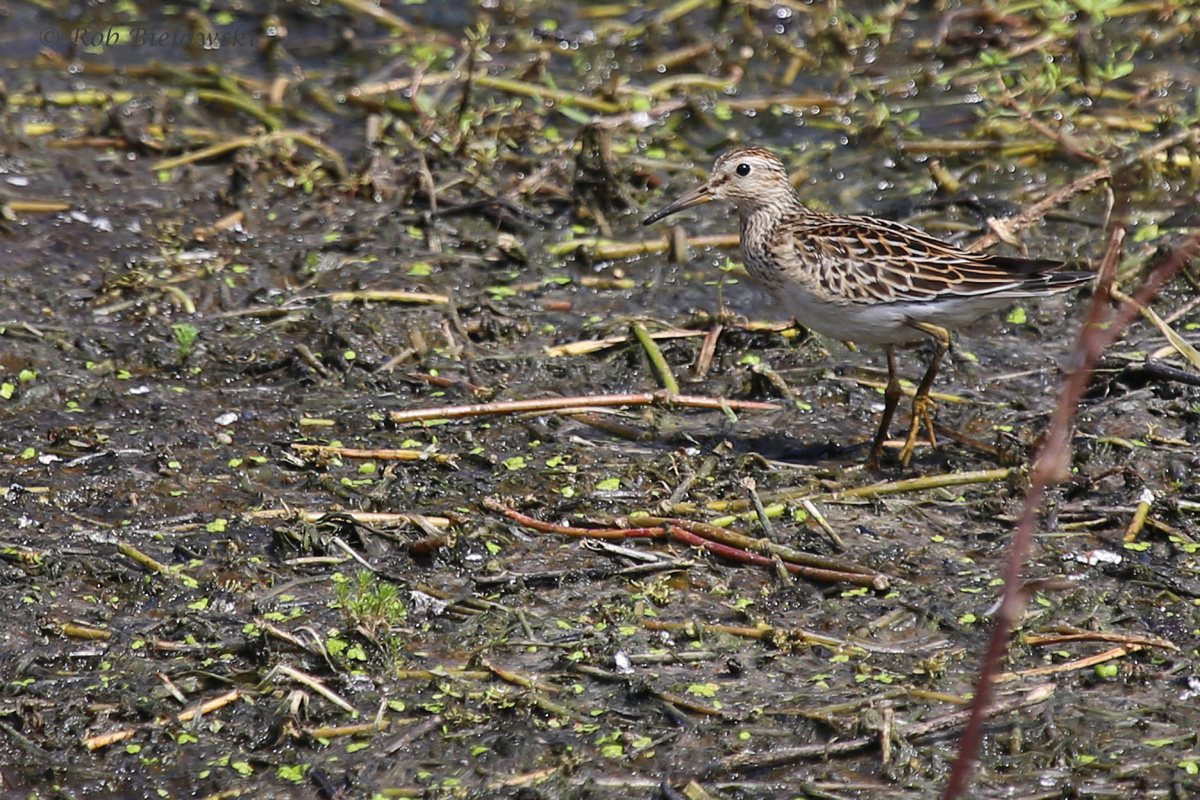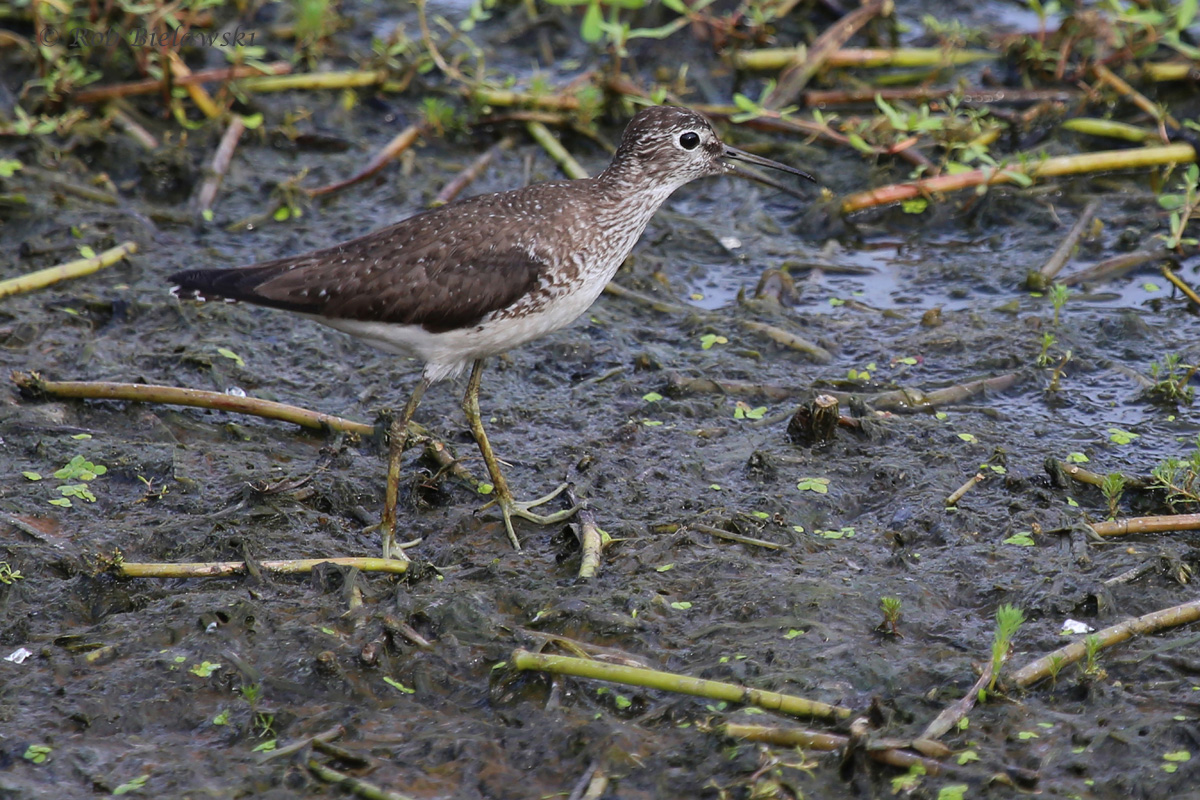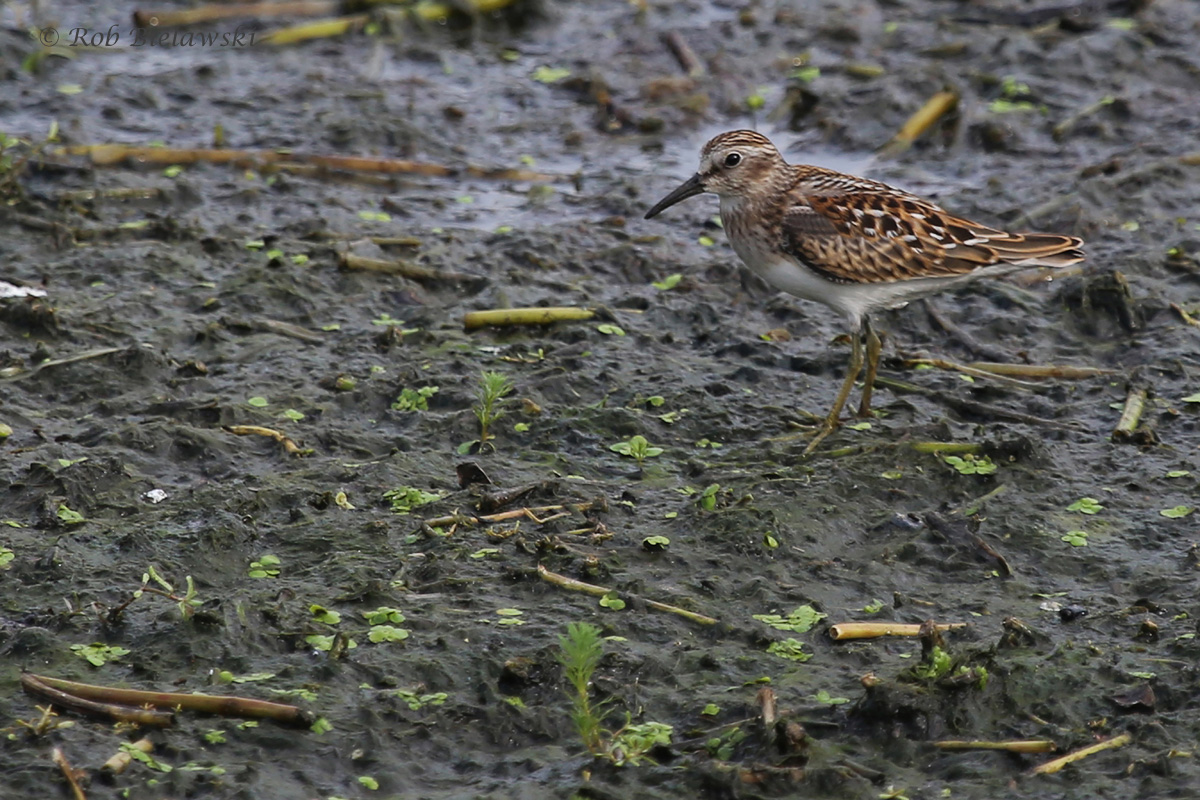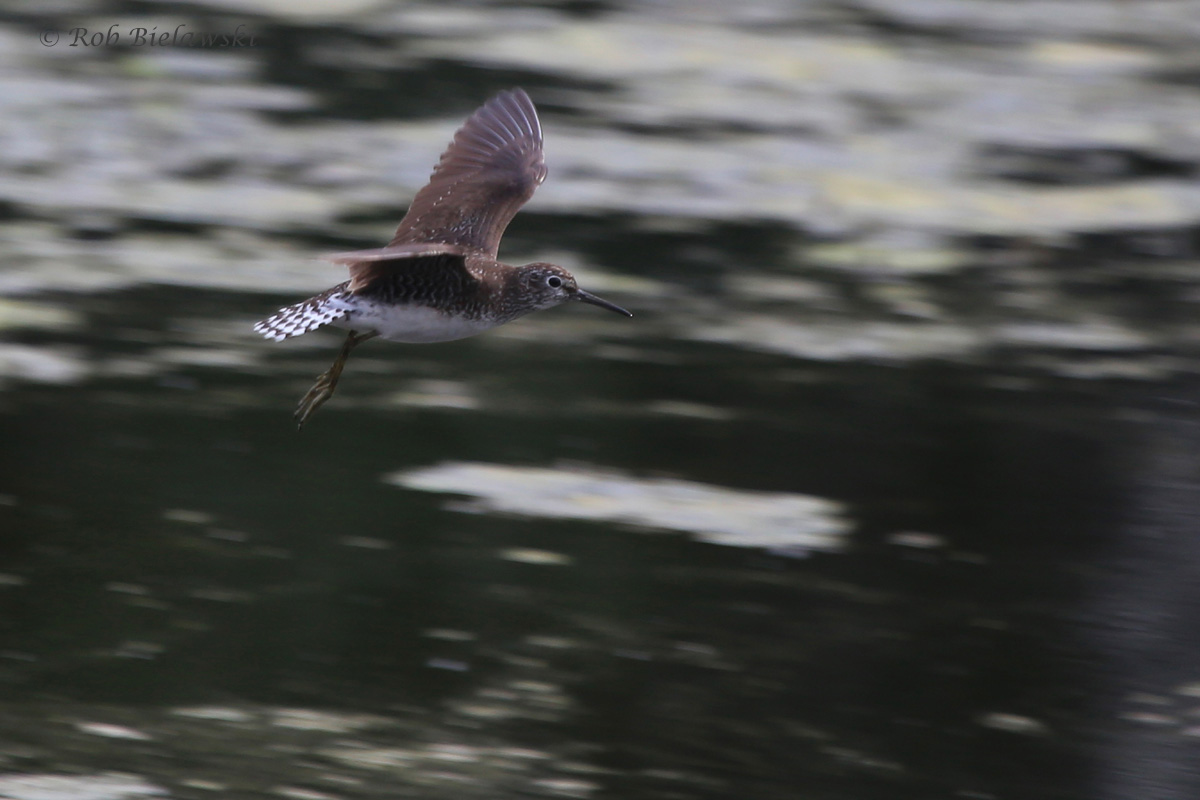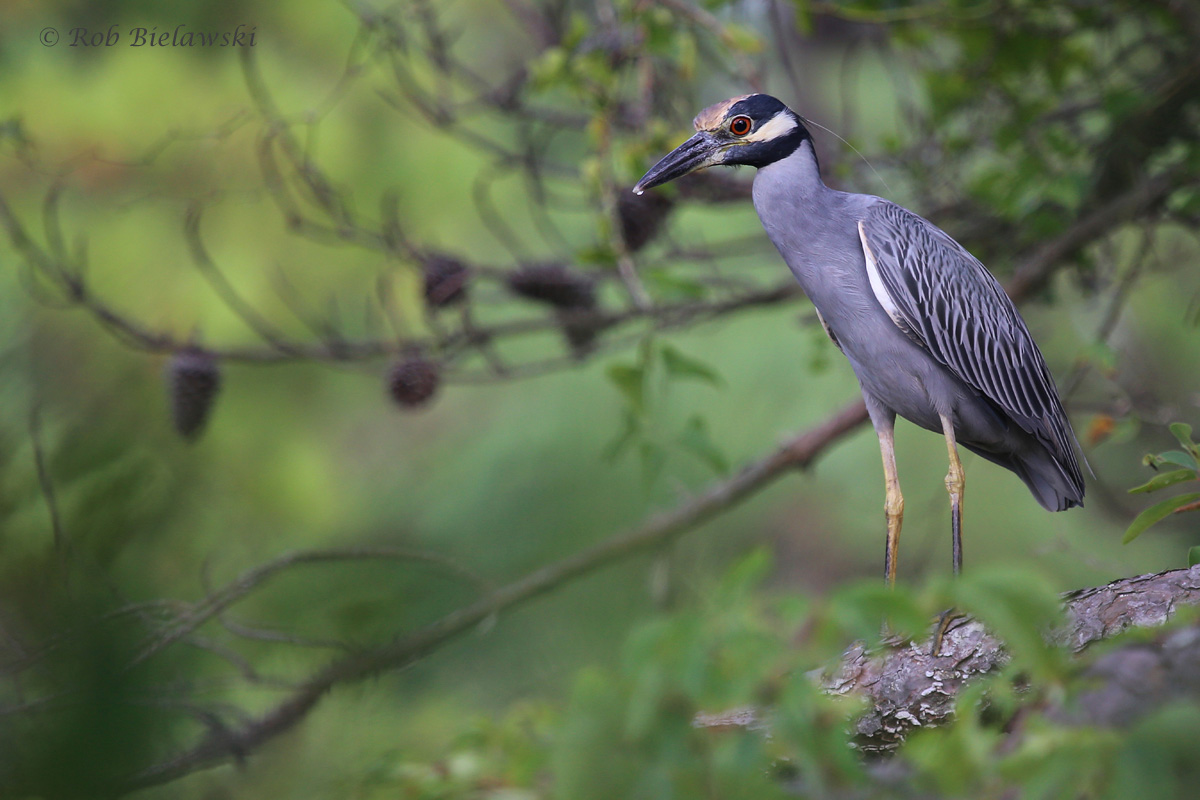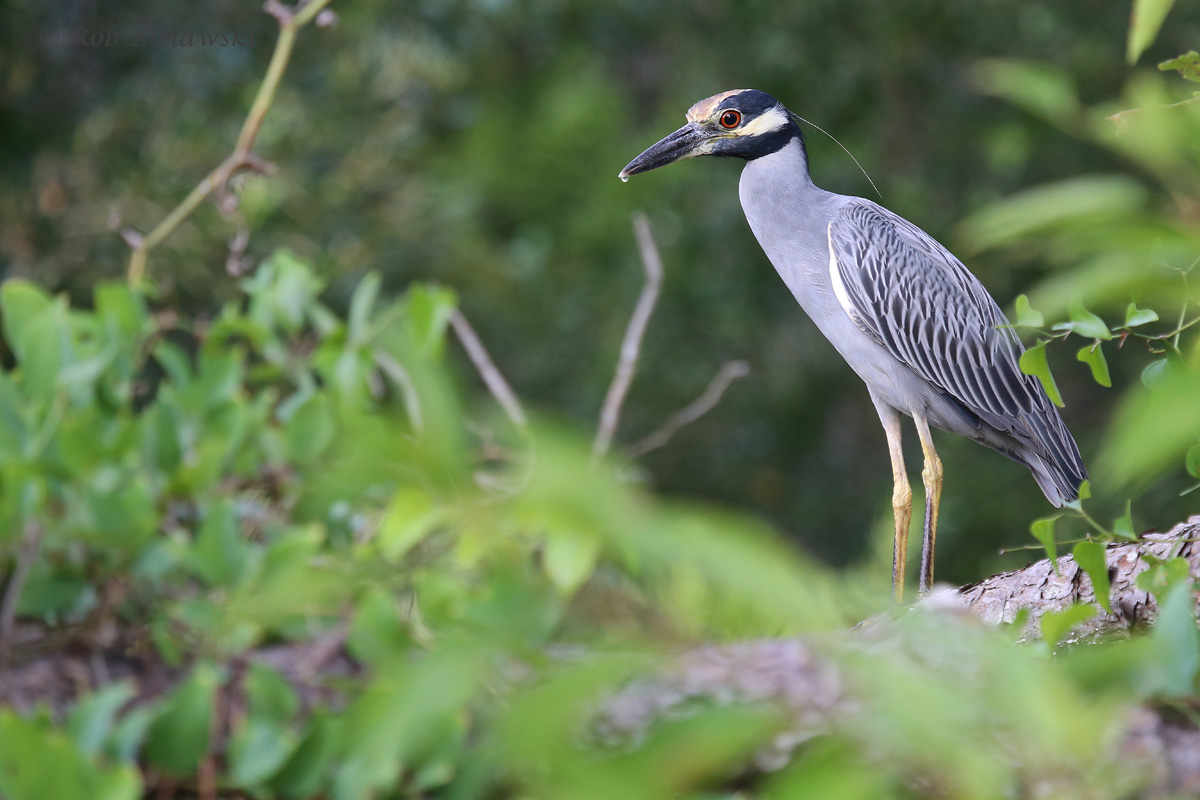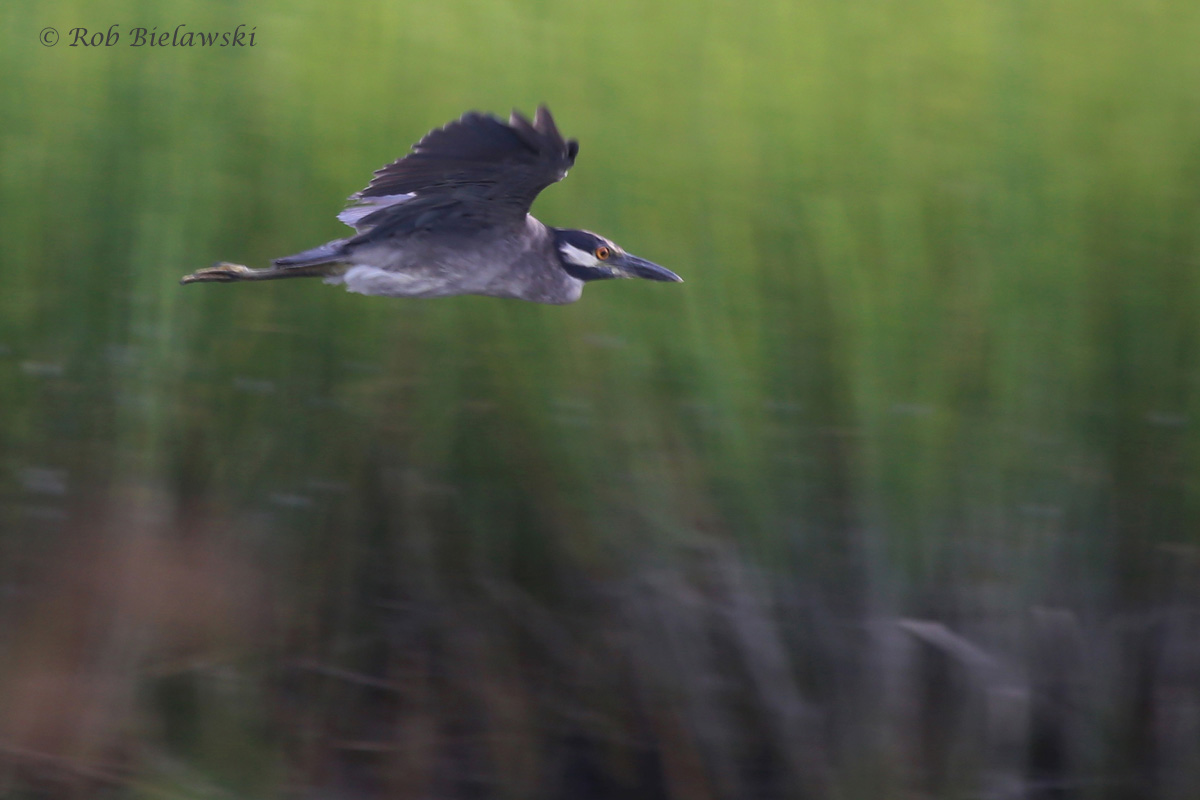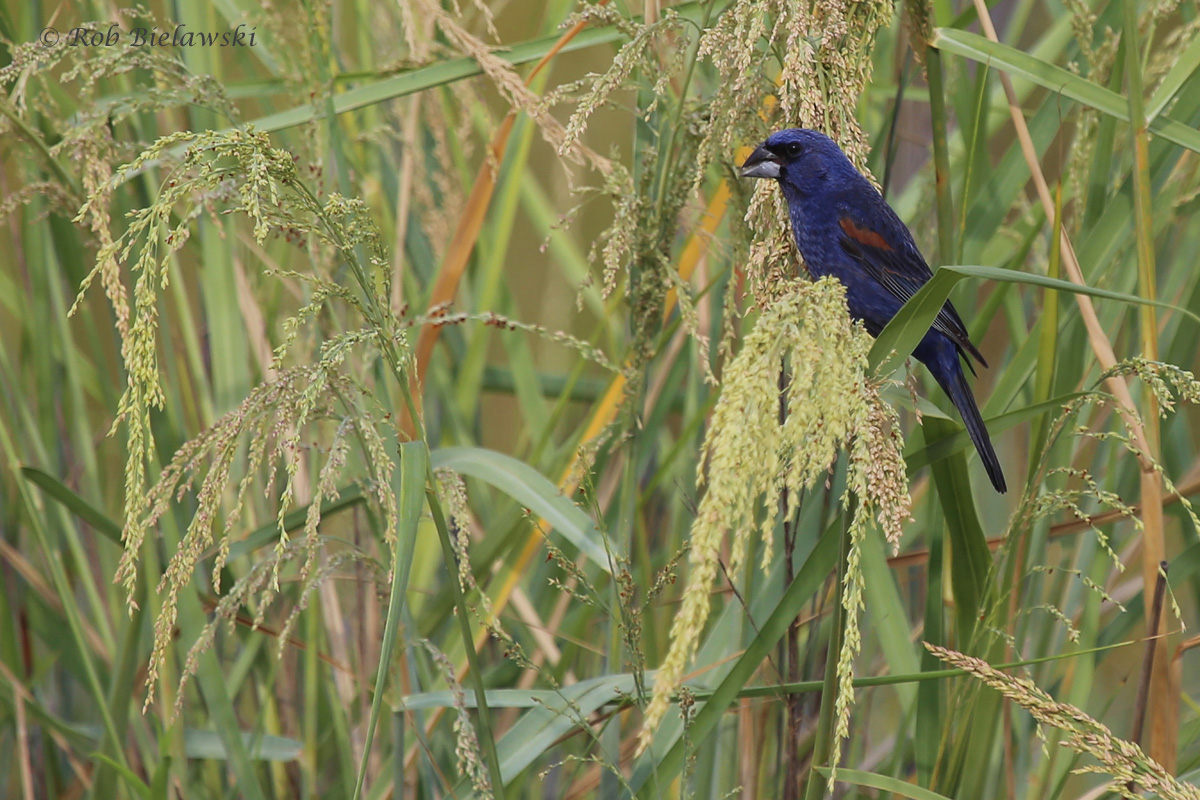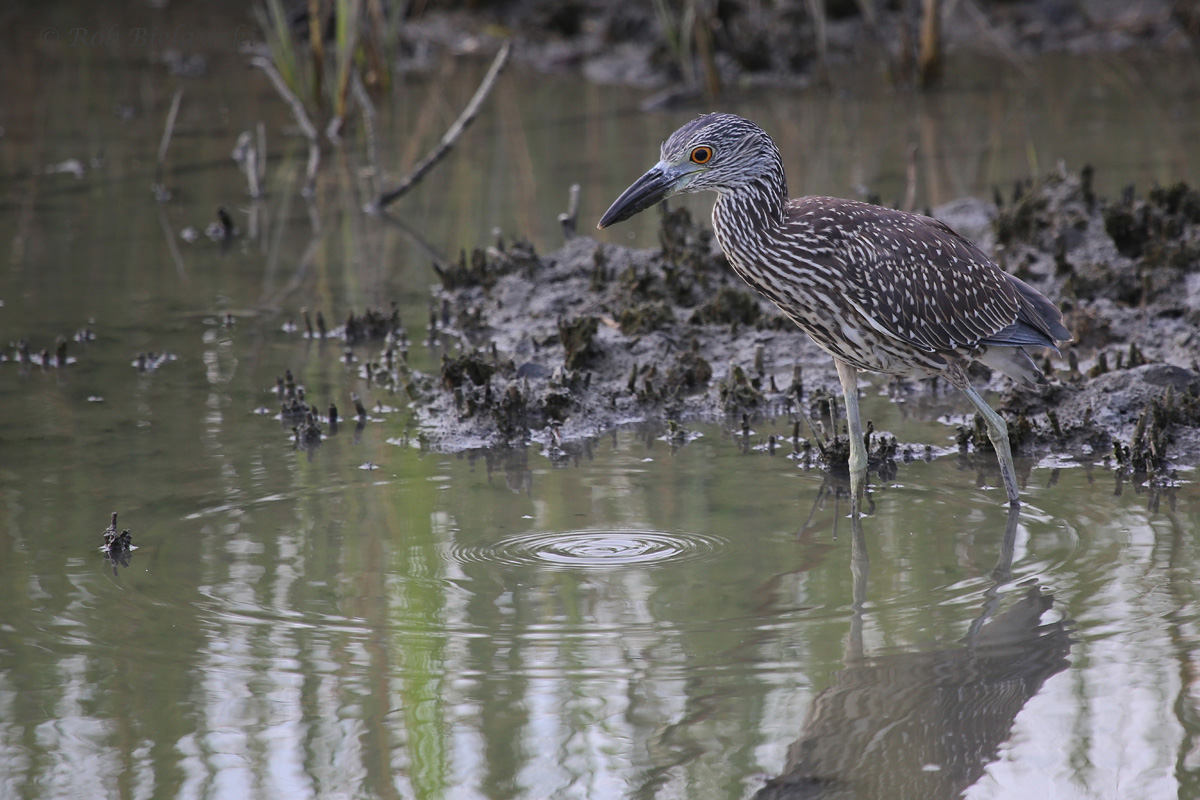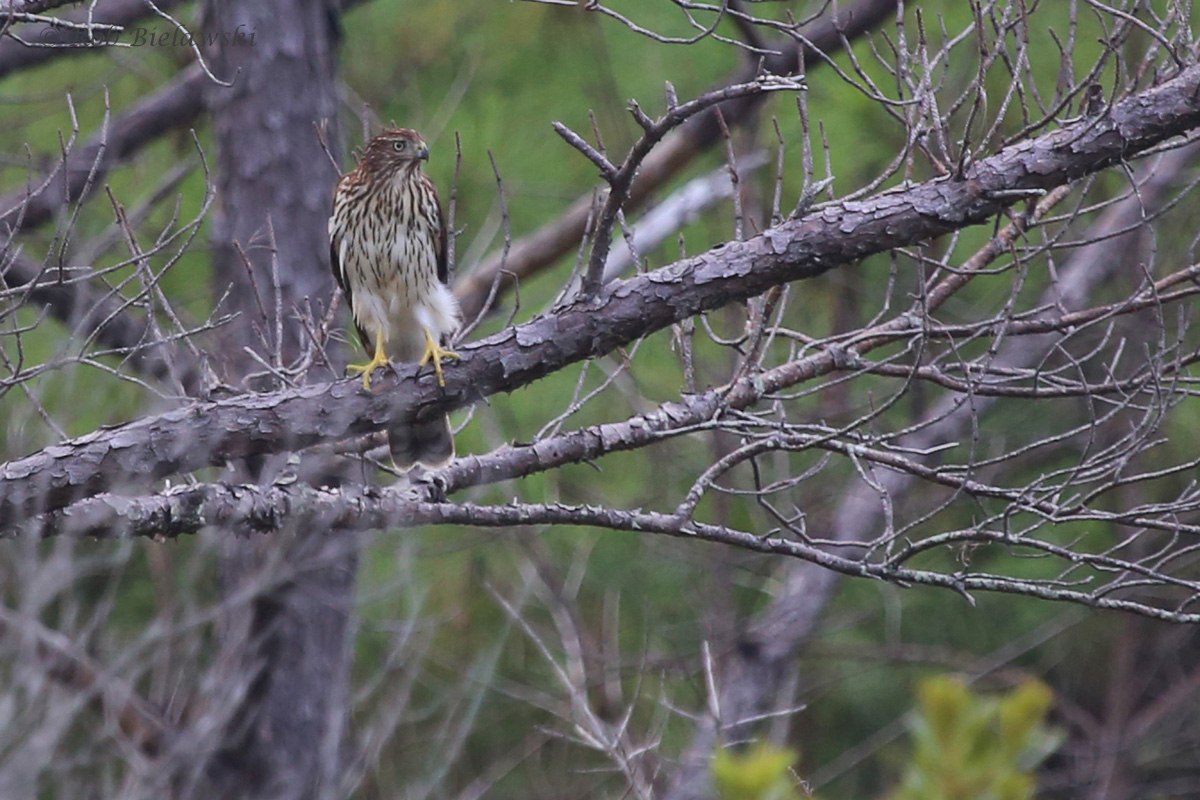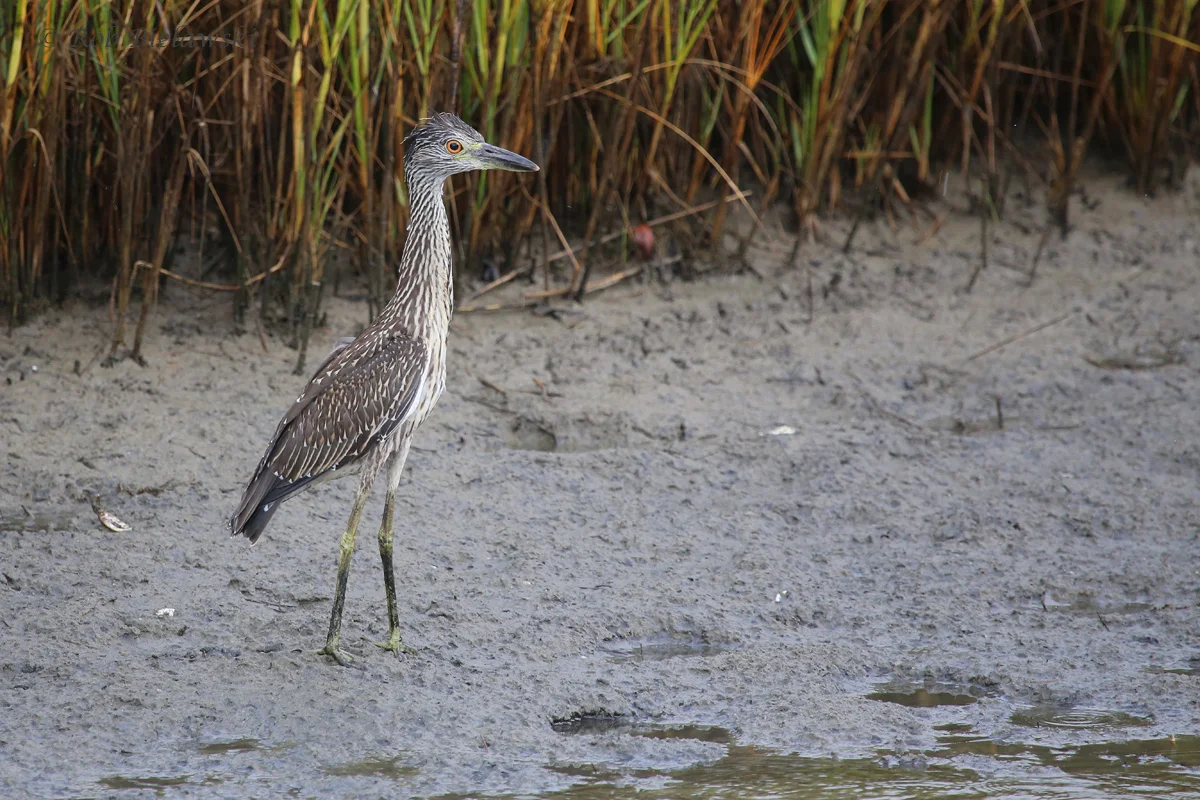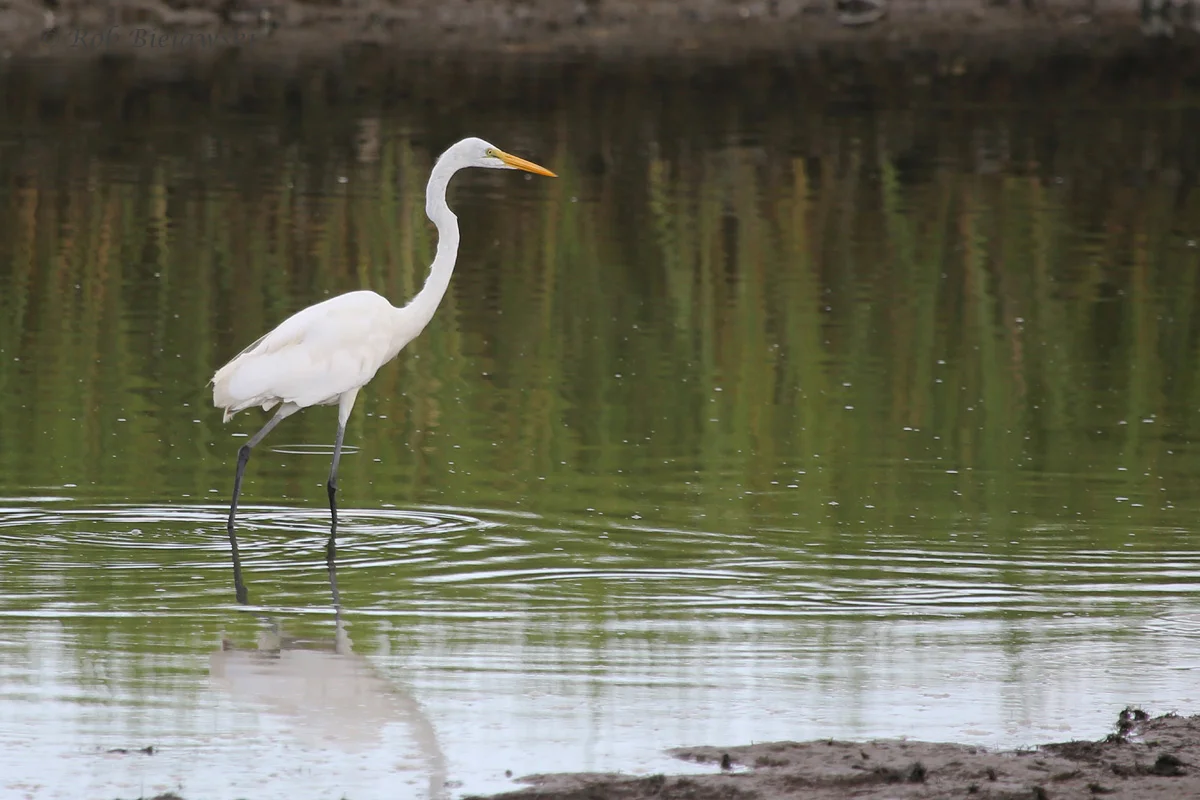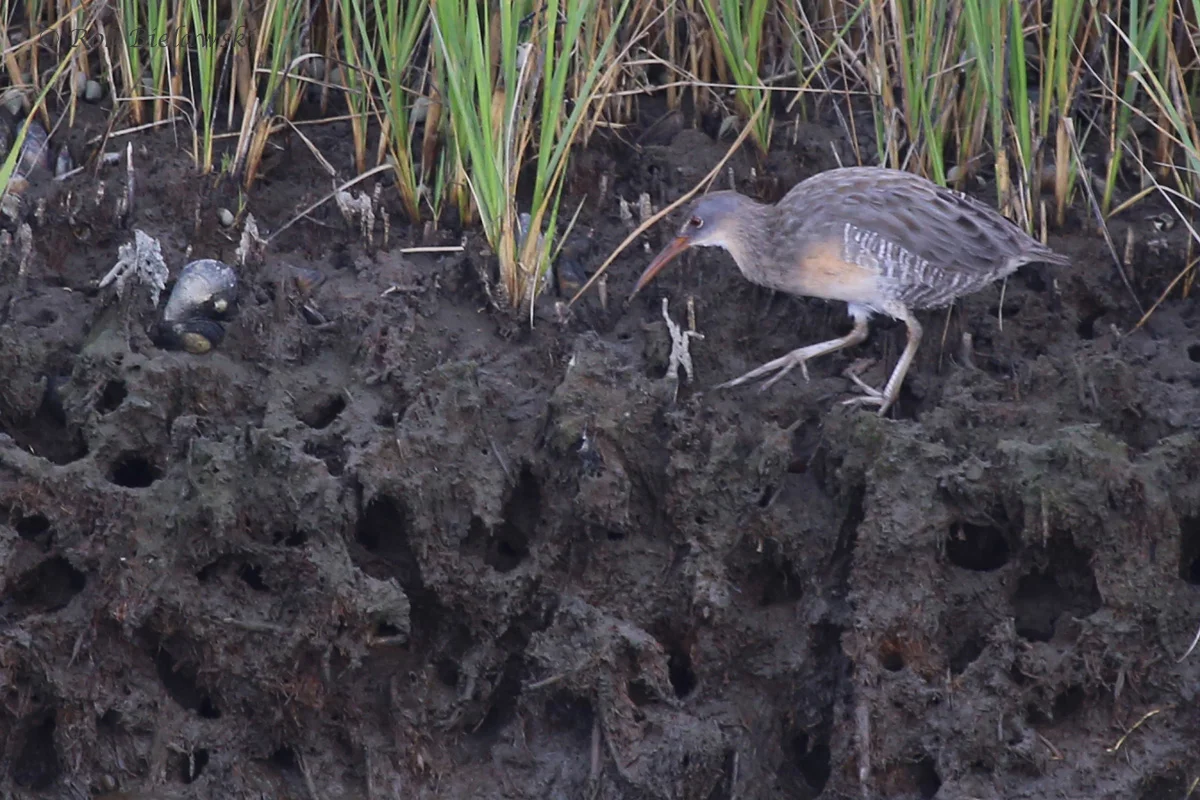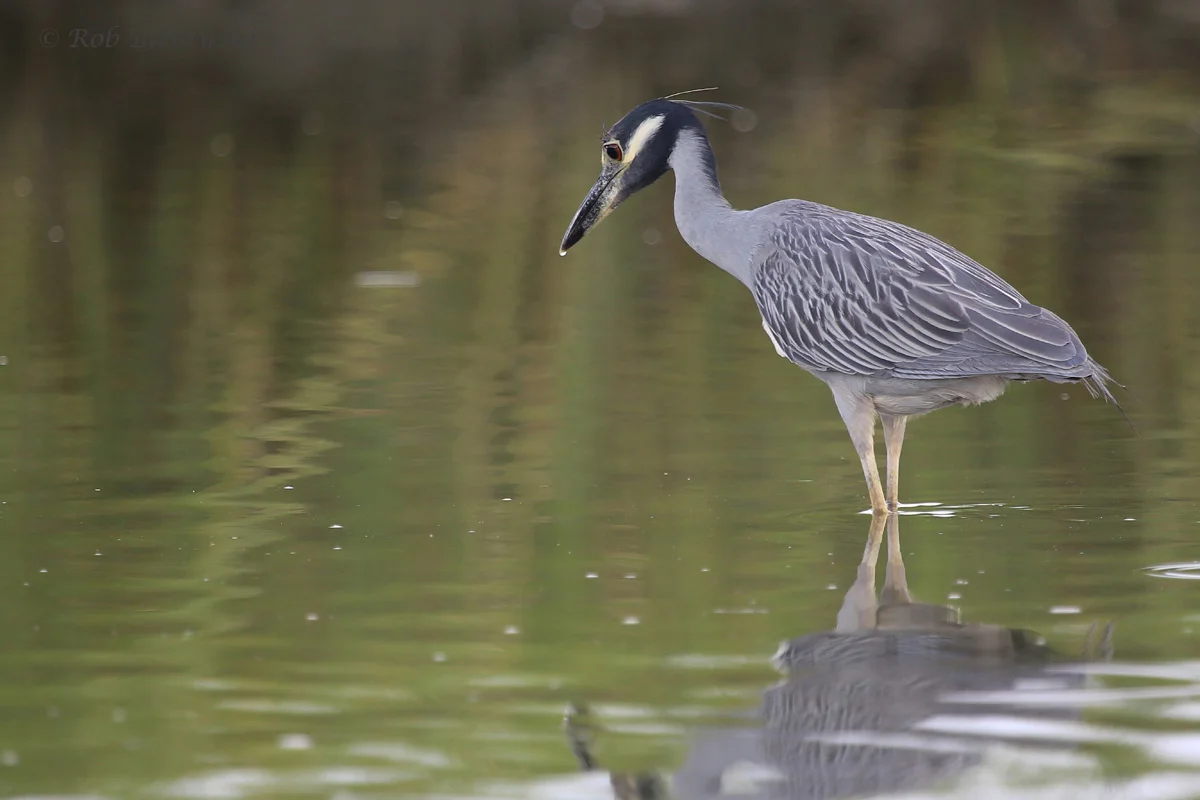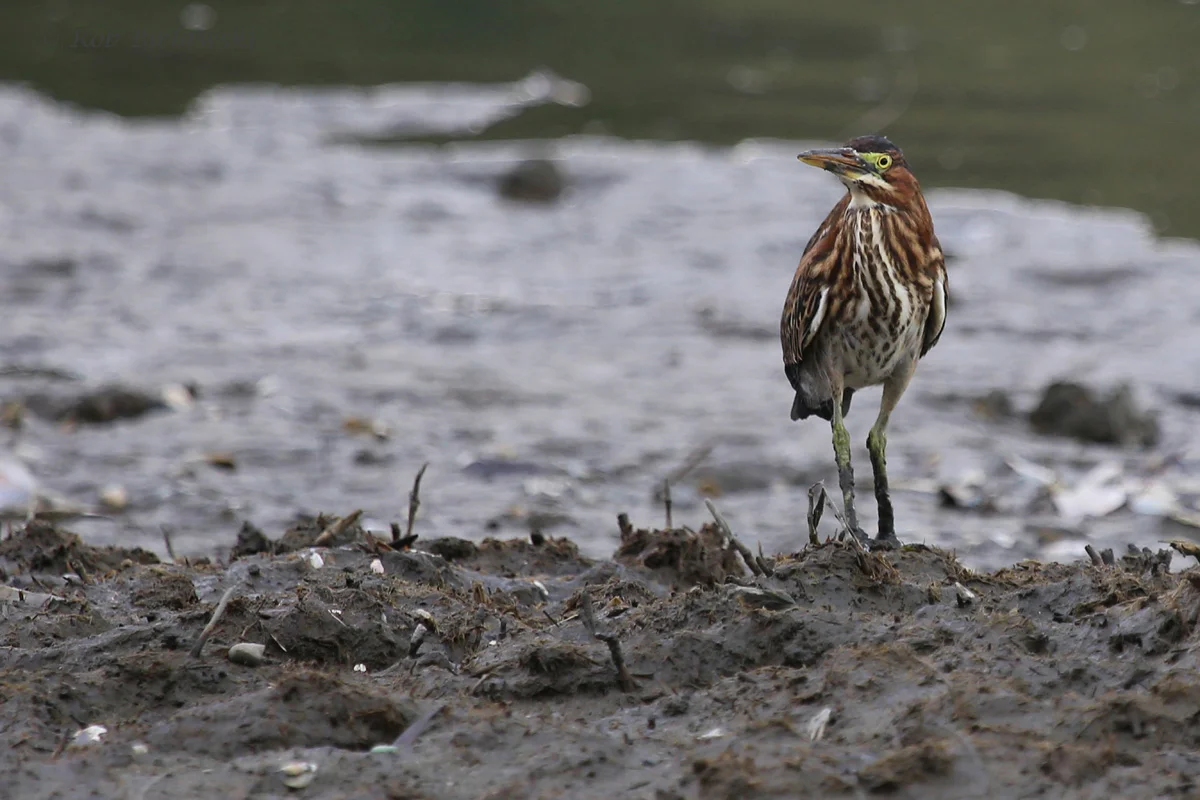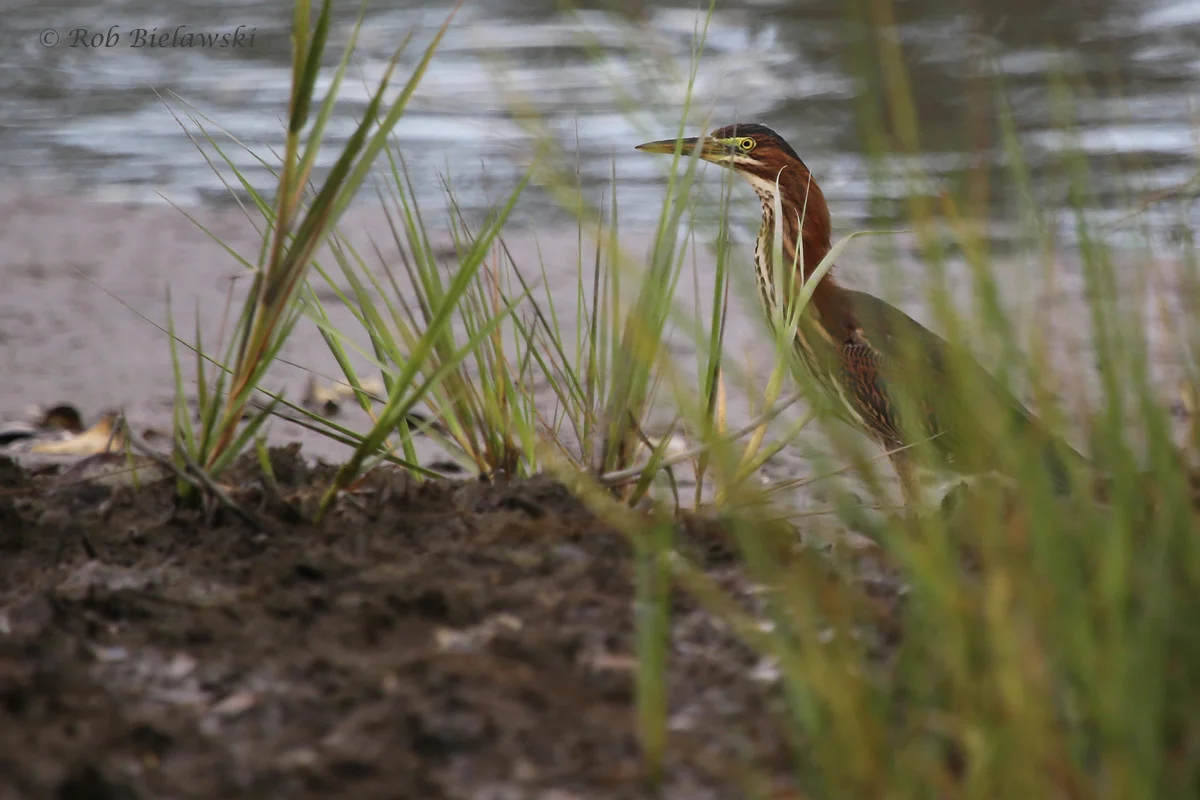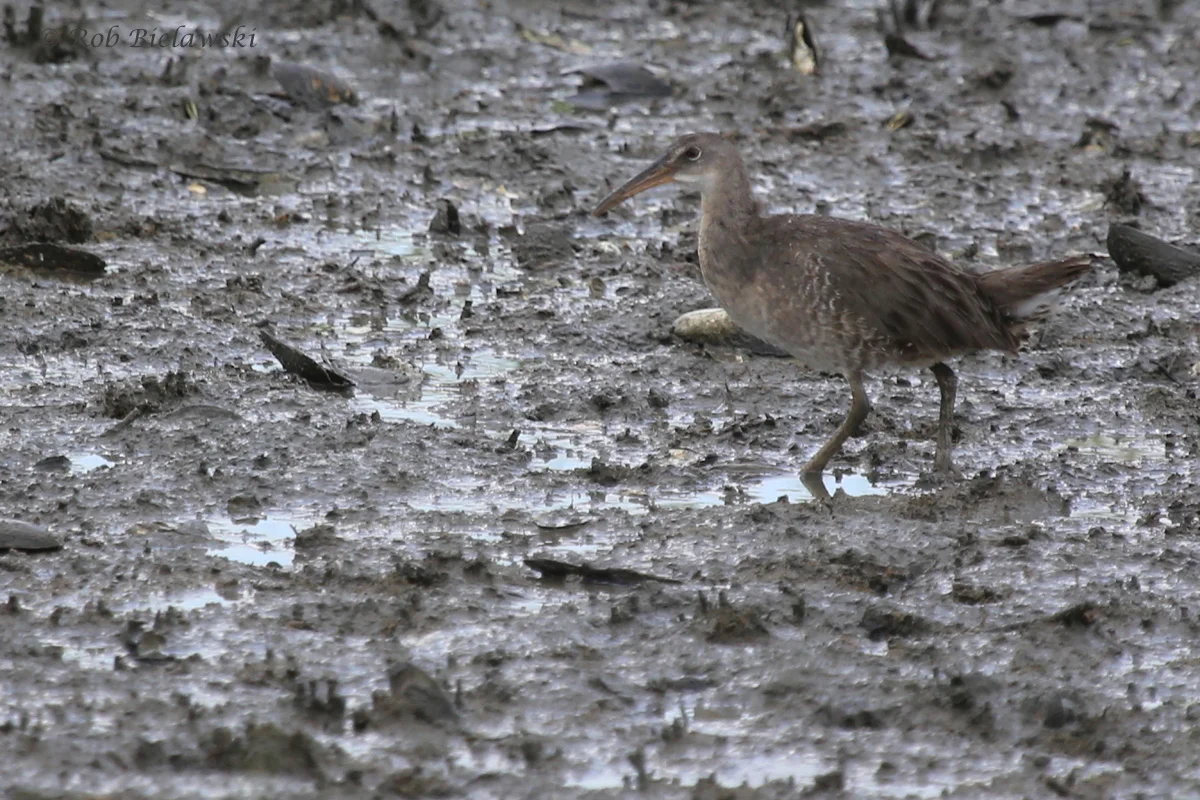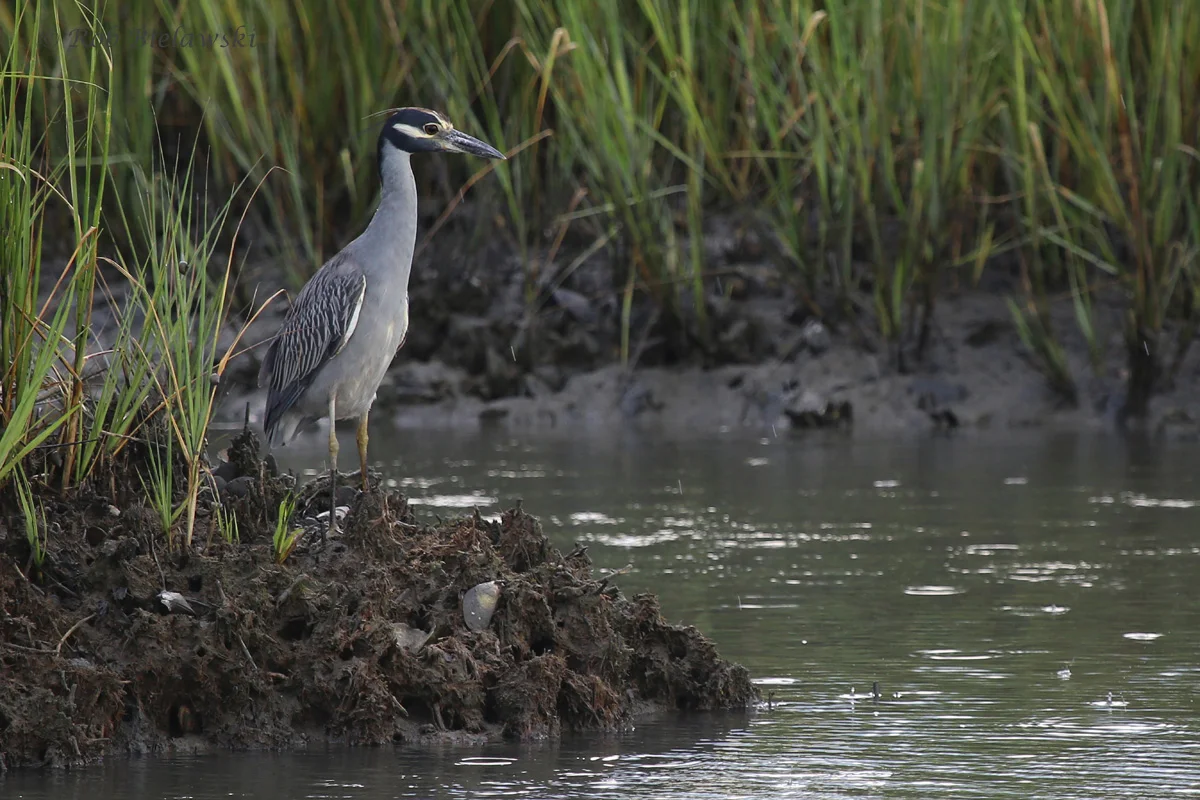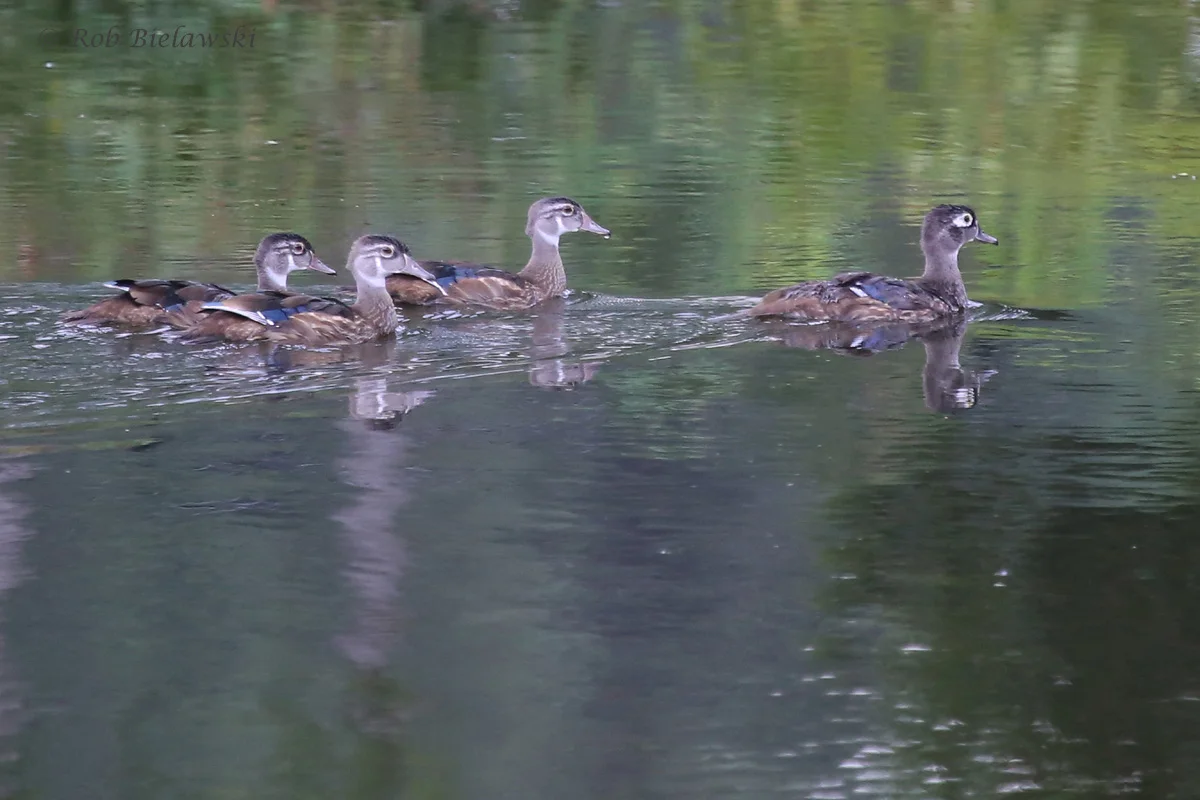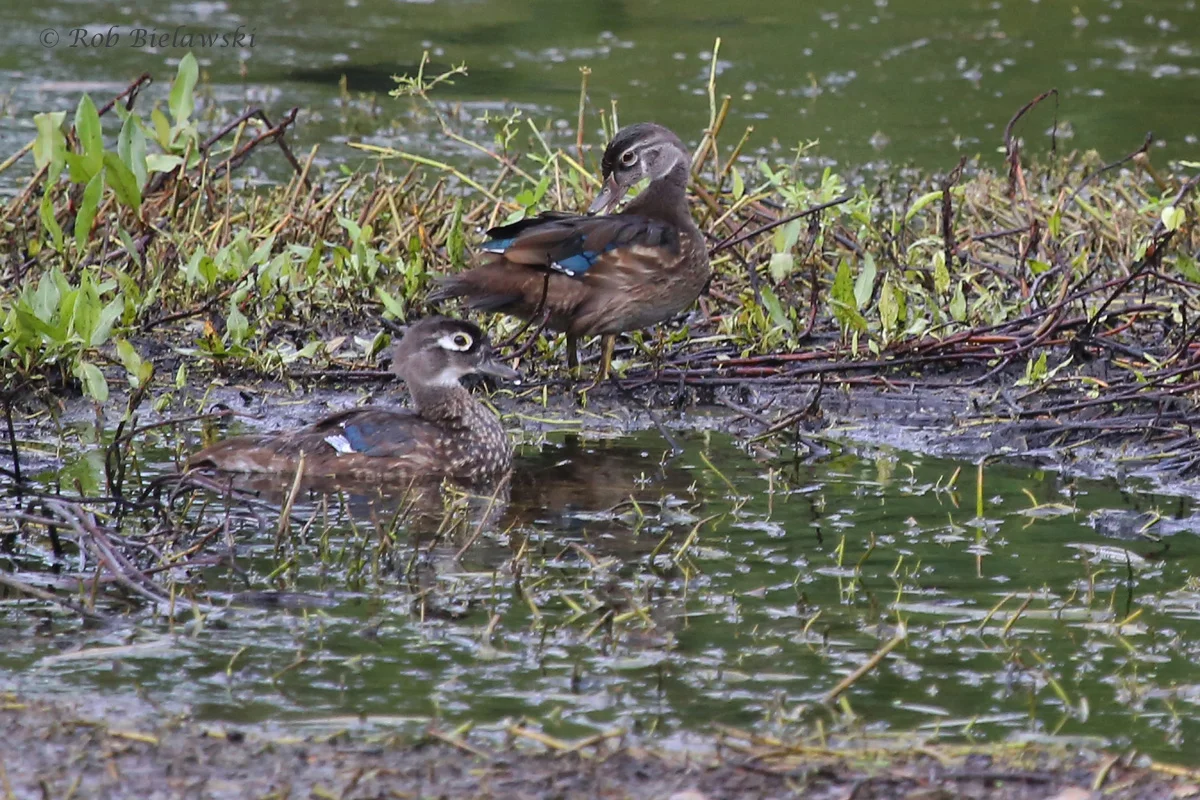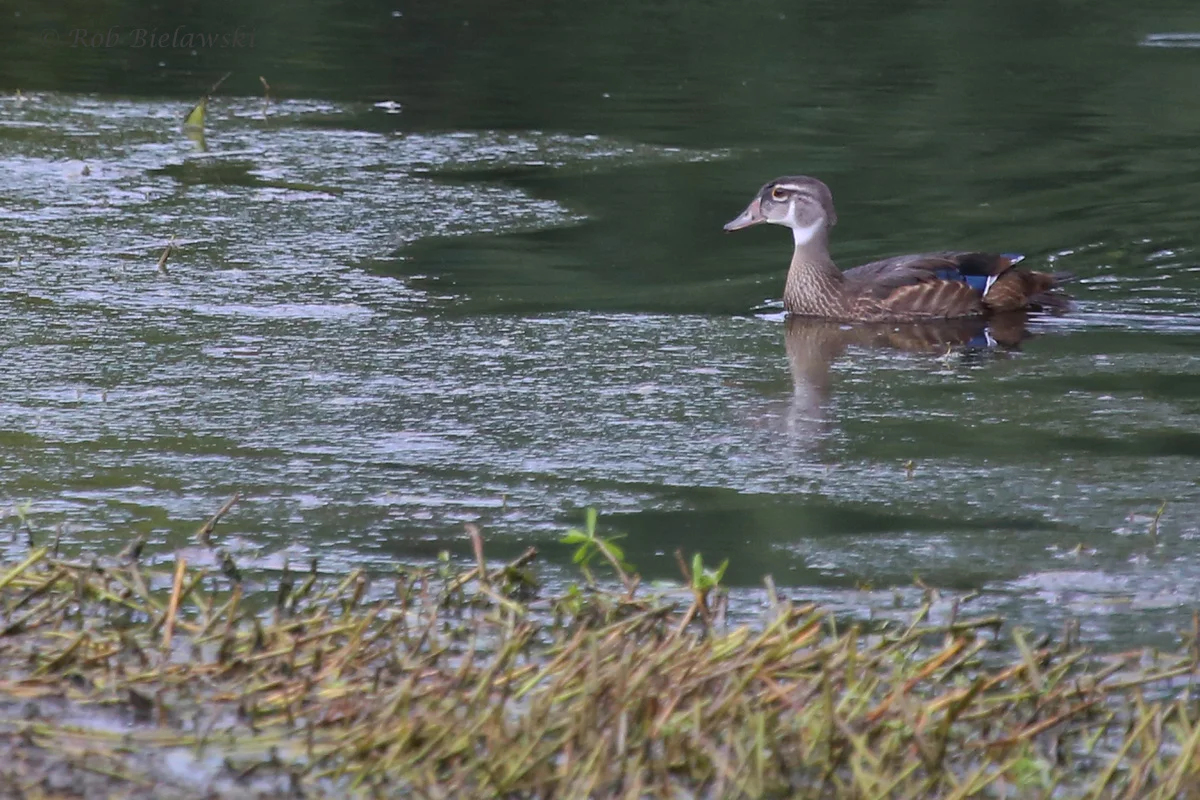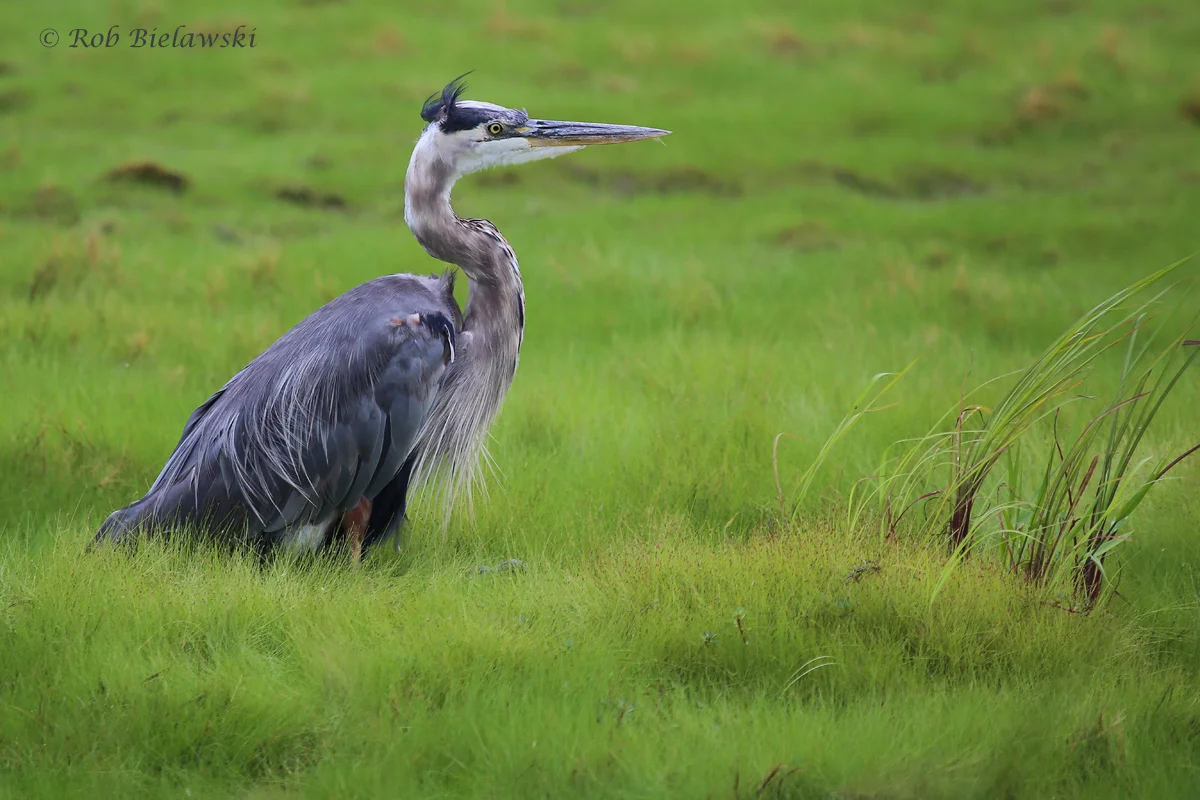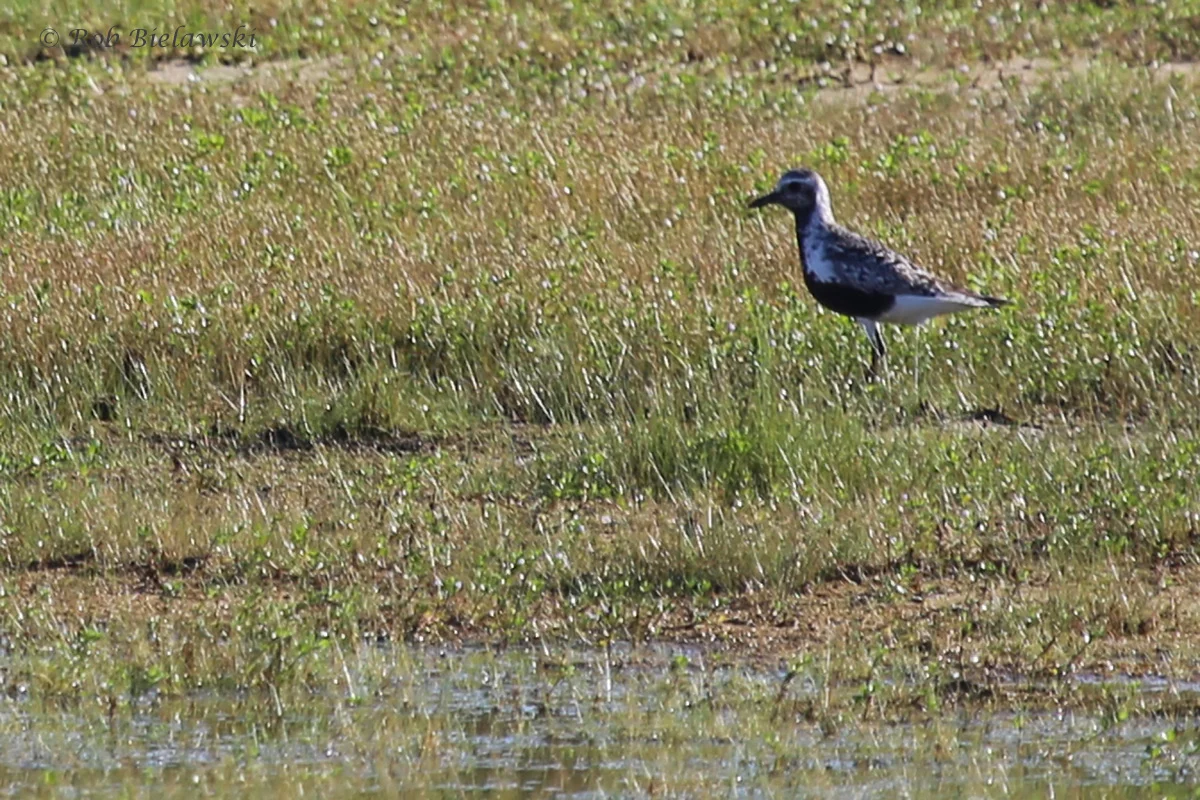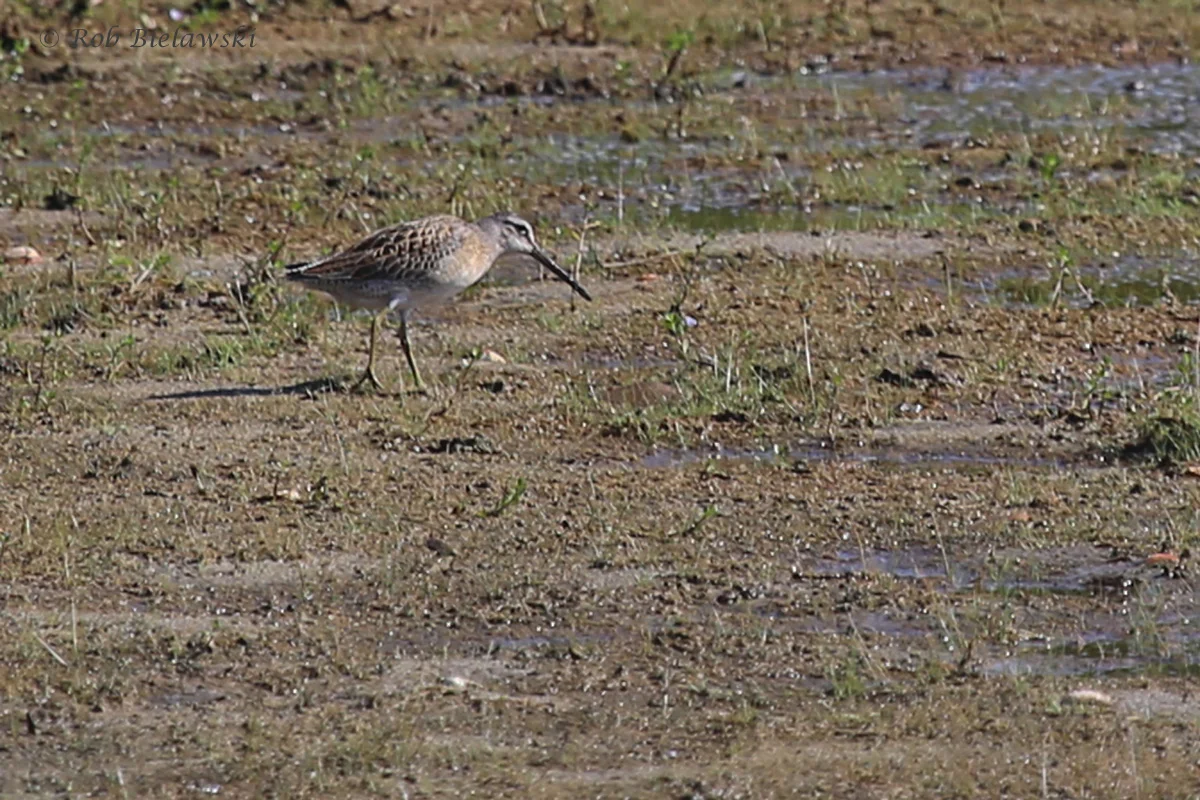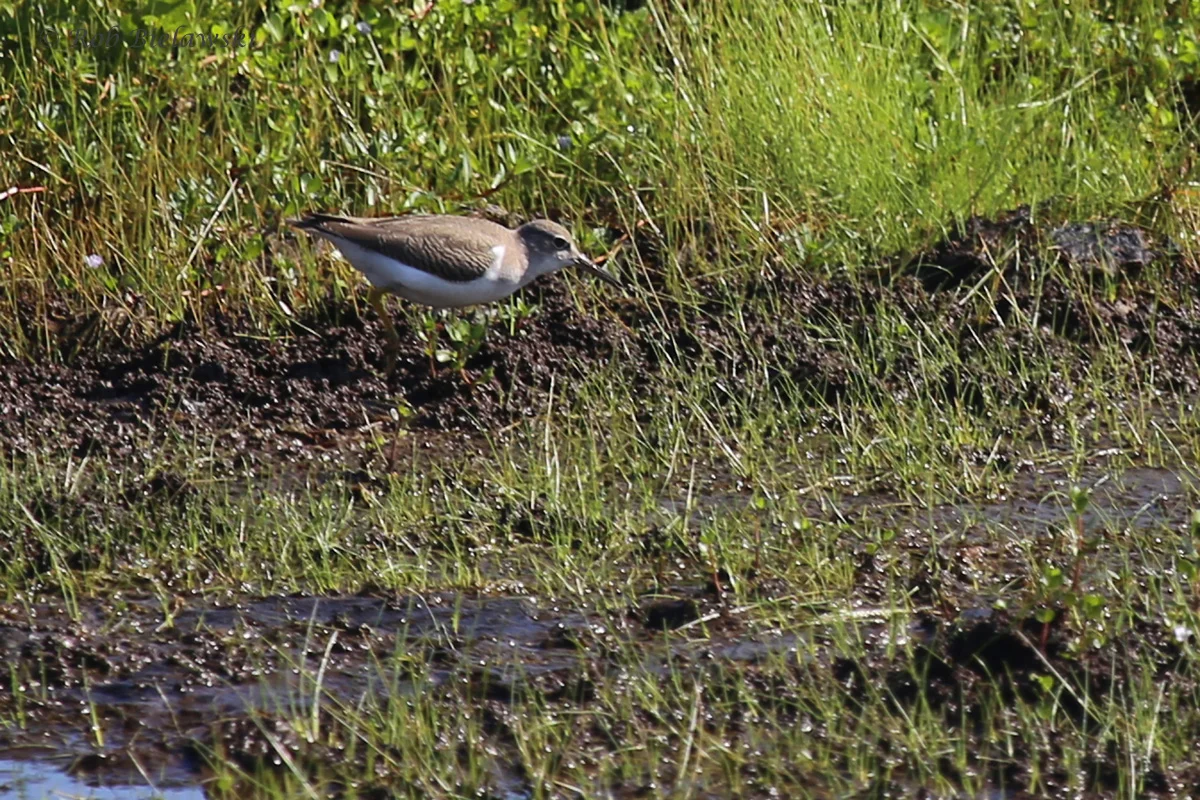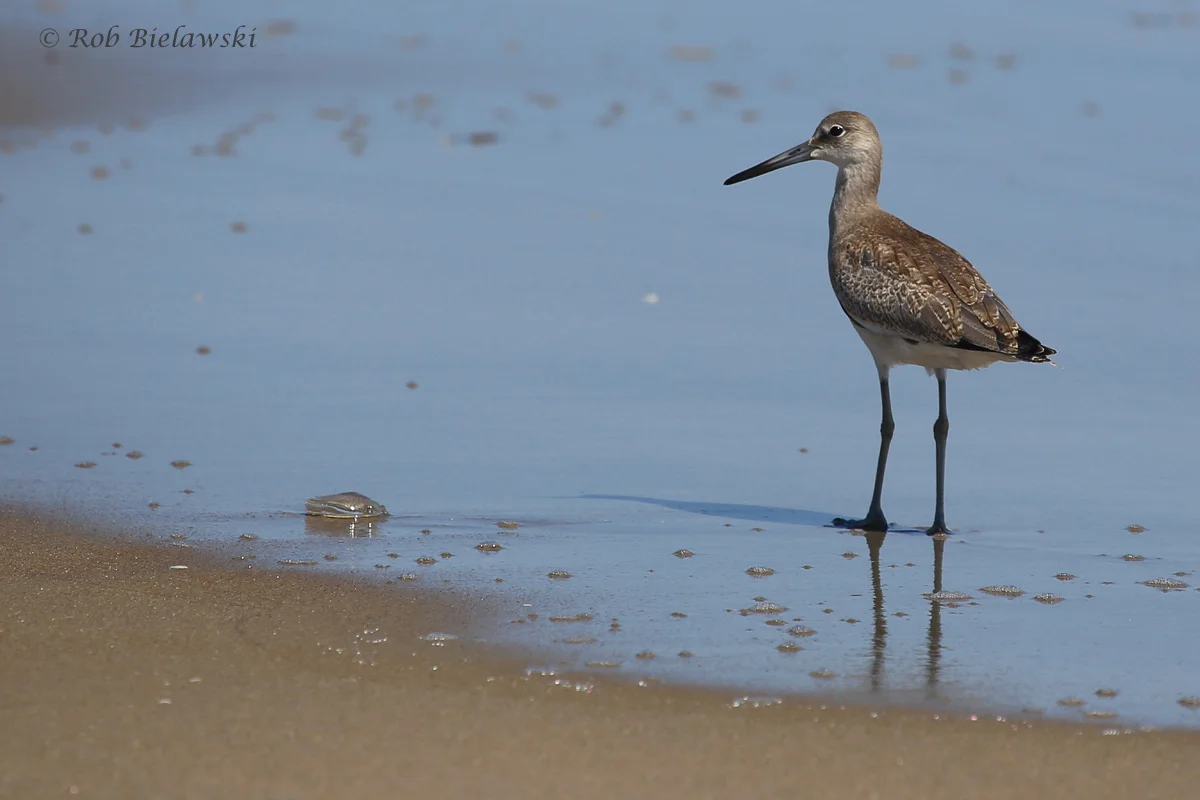Mid-September 2016 (11th-20th)
/With most shorebird habitat having been flooded by the passage of Tropical Storm Hermine in early September, the number of bird sightings dropped considerably during this most recent period. Primarily dominated by southerly winds, songbird migration also seemed to grind to a halt after the first few days, and by the end of the period, we were again impacted by the remnants of a tropical storm, this one being Julia. As always though, some bird sightings did shine above the rest, and top birds during the mid-September period in Virginia Beach included our first-of-season BLACK-BILLED CUCKOO (a rarity here on the coast, even in fall when they are somewhat more expected). Additionally, we had early first-of-season arrivals of Swainson’s Thrush & Palm Warbler. Other (on-time) first-of-season arrivals included Sharp-shinned Hawk, Nashville Warbler, Hooded Warbler, Wilson’s Warbler and even our first Sora. Magnolia Warblers were observed several times at different locales, and additional reports of Northern Waterthrush, Red-breasted Nuthatches and Peregrine Falcons continue to show that migration is still progressing. WEATHER: Temperatures continued to fall through mid-September and while we started off with mostly dry days, the period came to a close in the midst of one of the heaviest periods of precipitation seen in the region in recent memory. Overall, the mid-September period’s average daily high temperature dropped to 82.3 degrees F (-2.6 degrees from the early September period); the average daytime lows also dropped to 69.3 degrees F (-0.8 degrees). The previous 10-year average daily highs & lows for the mid-September period were 79.0 & 63.9 degrees F, respectively which puts this period in 2016 at +3.3, and +5.4 degrees when comparing to the averages. Also during the previous 10-year period, the maximum average daily highs & lows were 84.2 (2015) & 67.4 degrees F (2008), which puts the current period as the highest in terms of average daily low temperatures since at least 2005. While we had only two days with precipitation (at Oceana NAS that is), rainfall amounted to a whopping 4.72 inches, with 3.55 inches falling on 20 Sep alone. Due to the stalling of Tropical Storm Julia’s remnants to our south, the period came to a close with a great deal more rain in the forecast for the next couple of days, but that will be discussed more in the next entry (also check this posting on Weather Underground!)
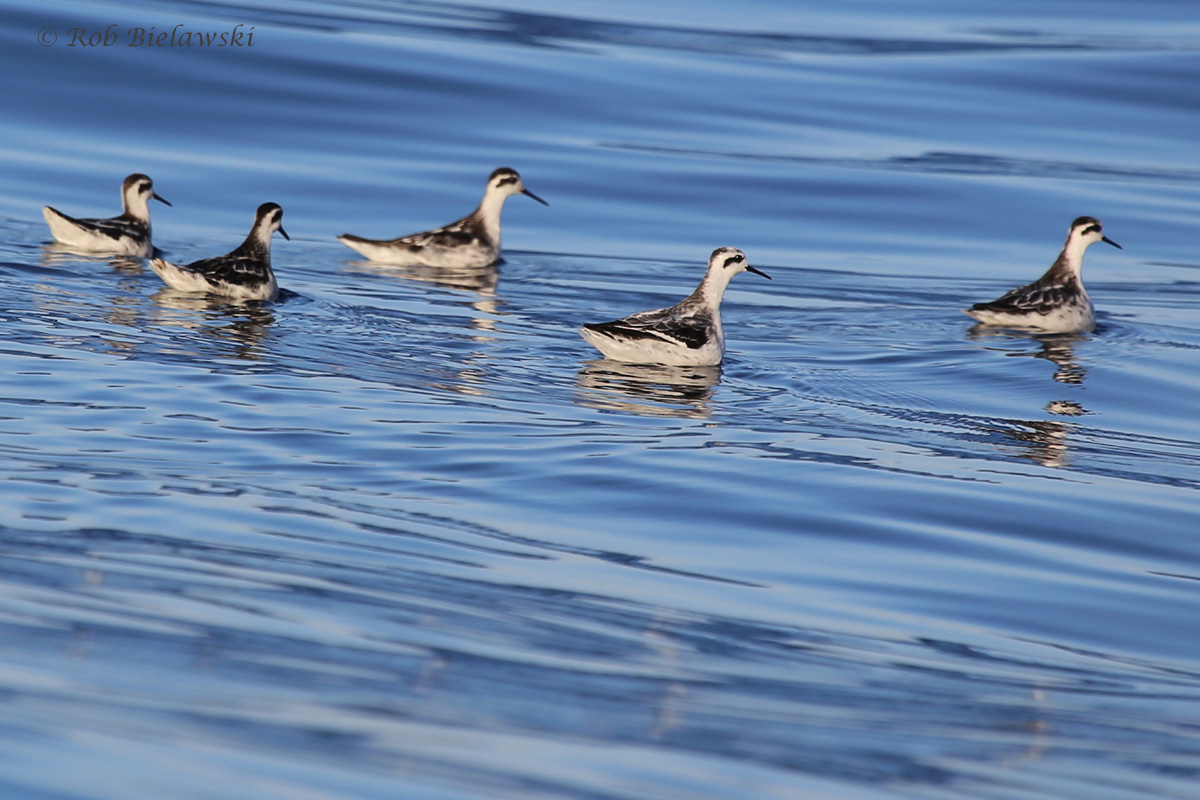
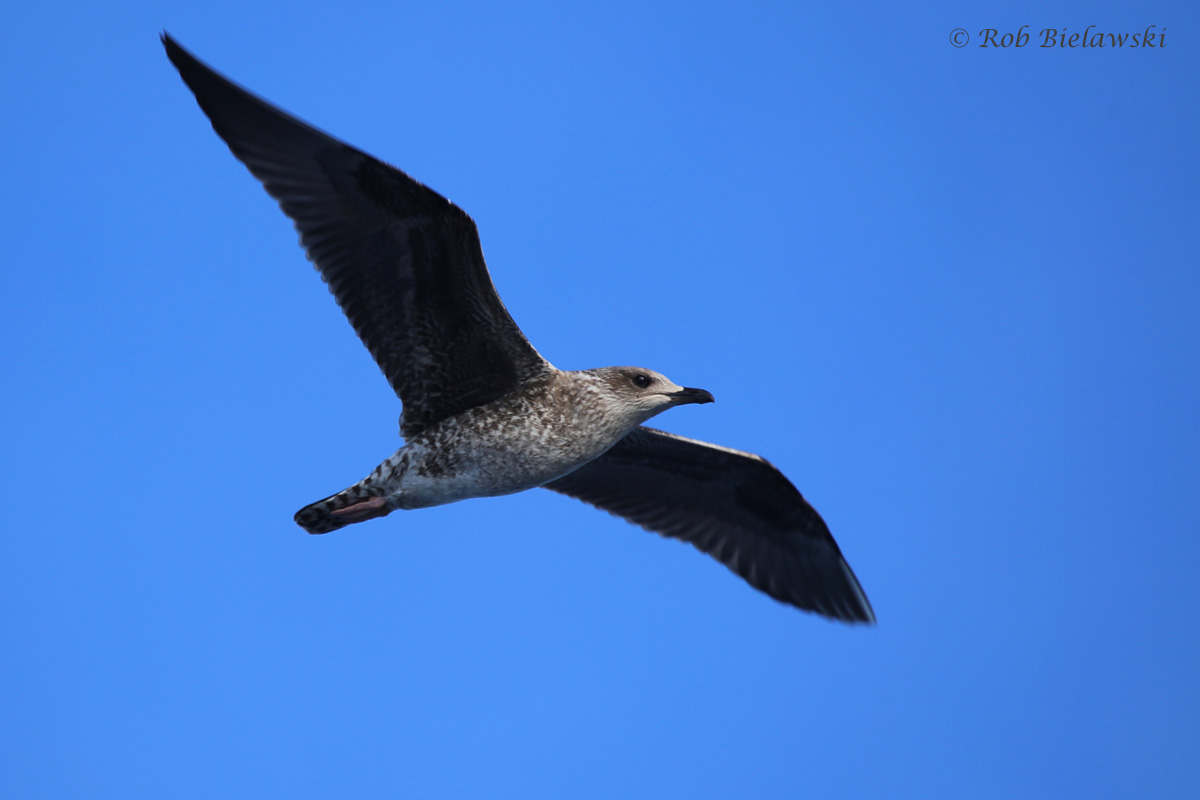
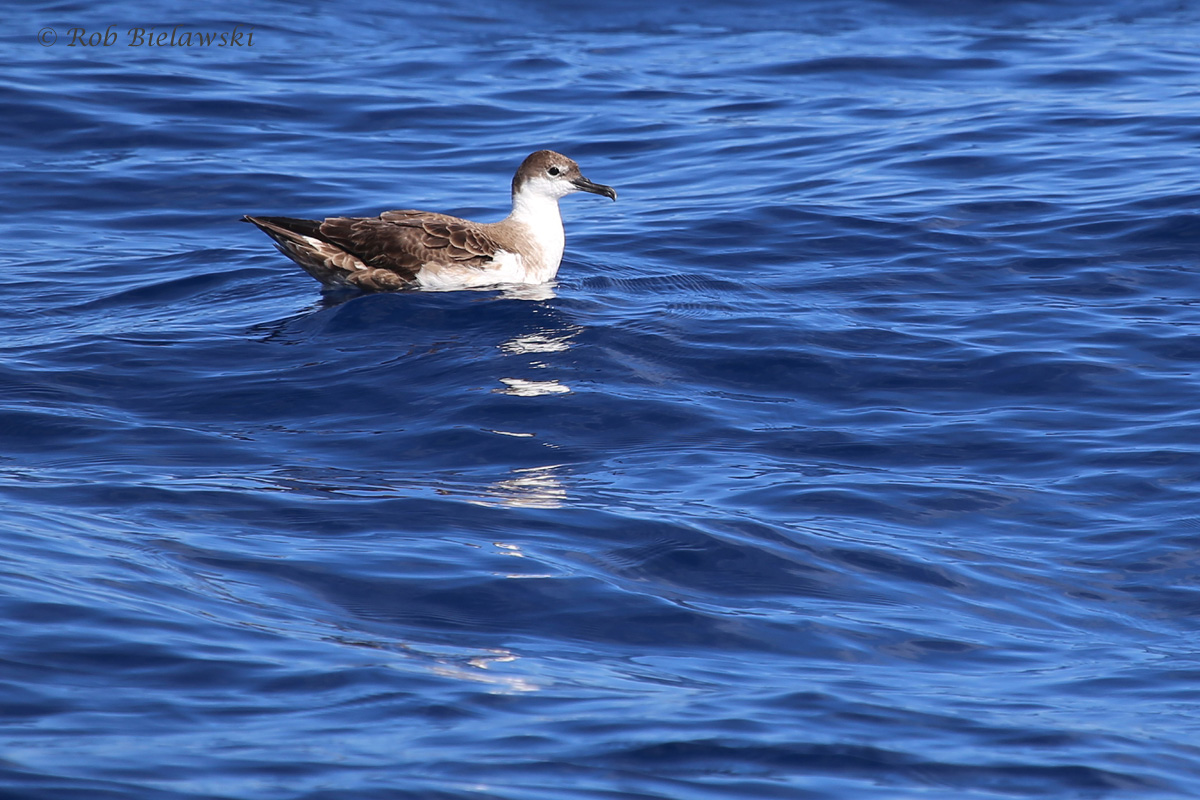
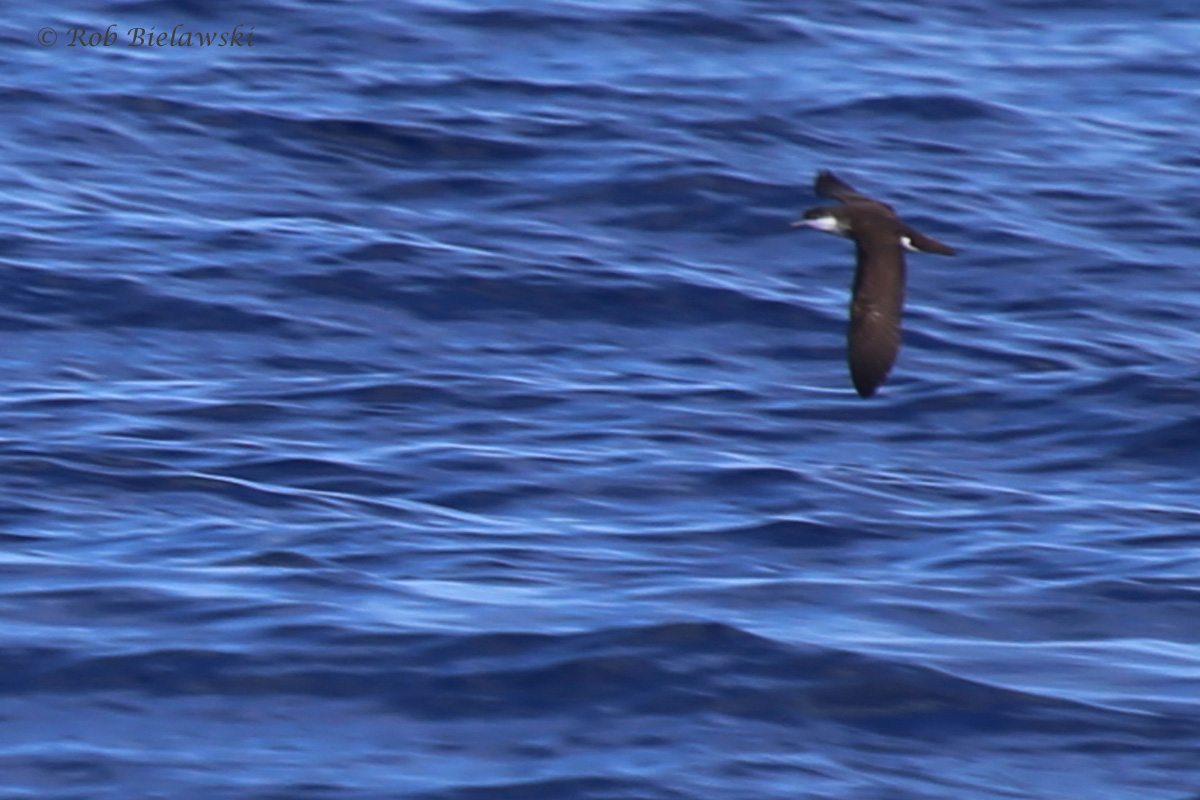
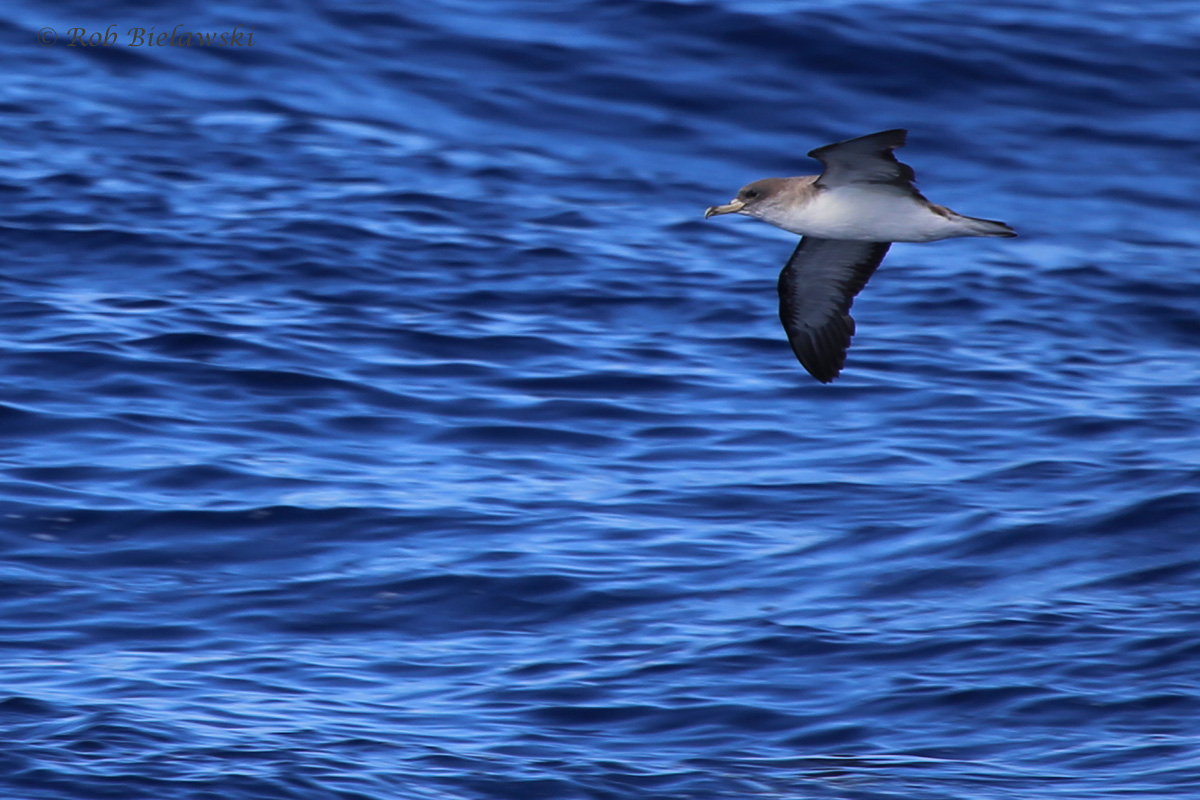
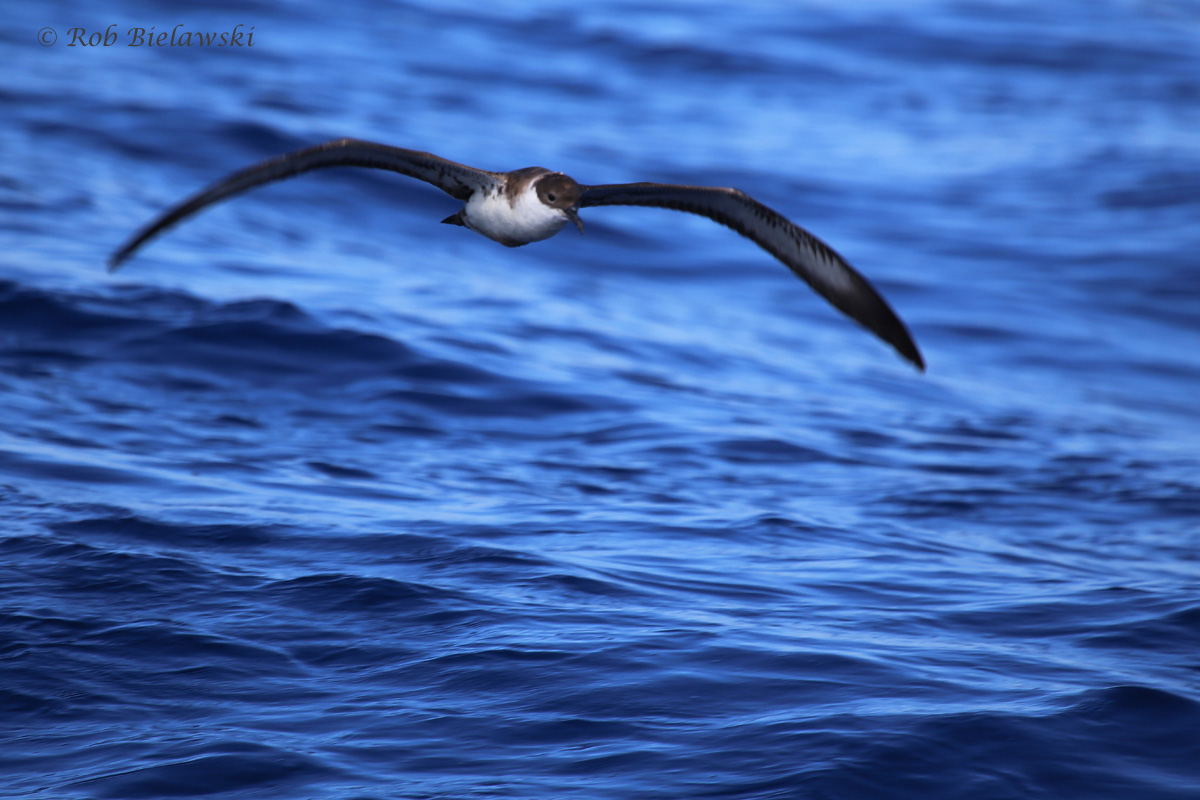
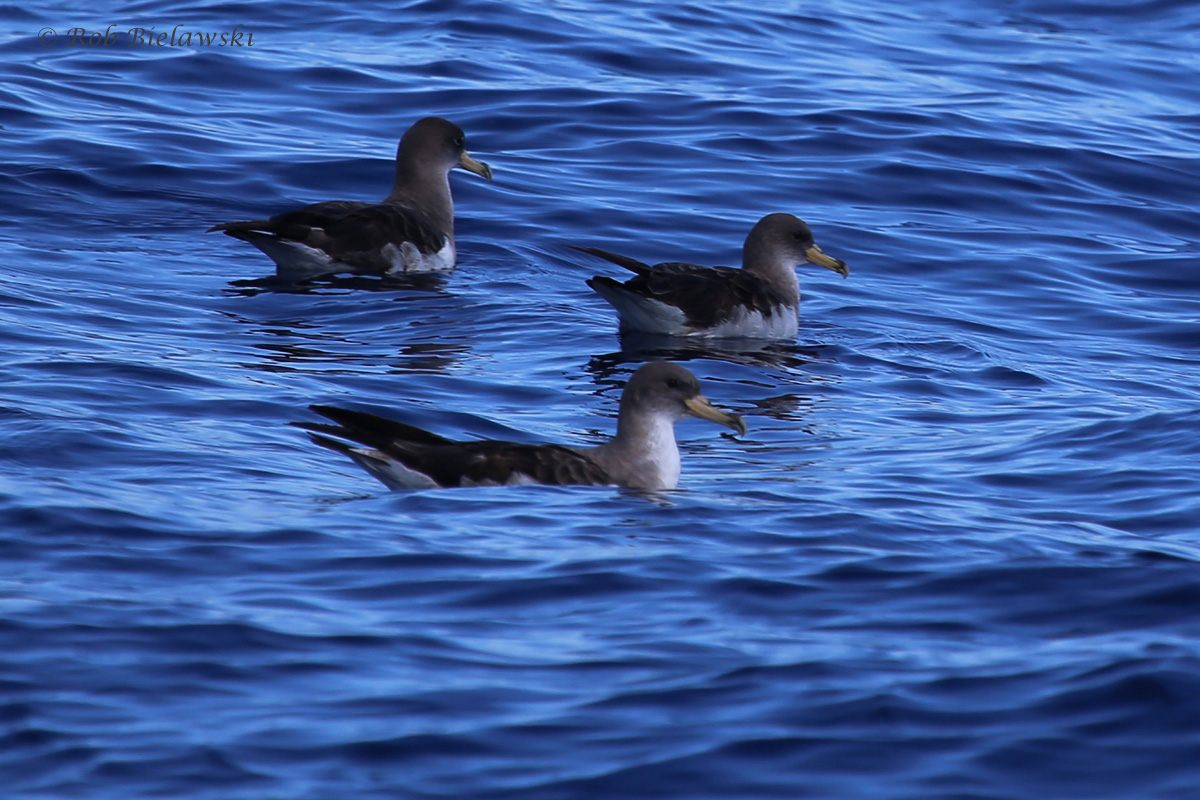
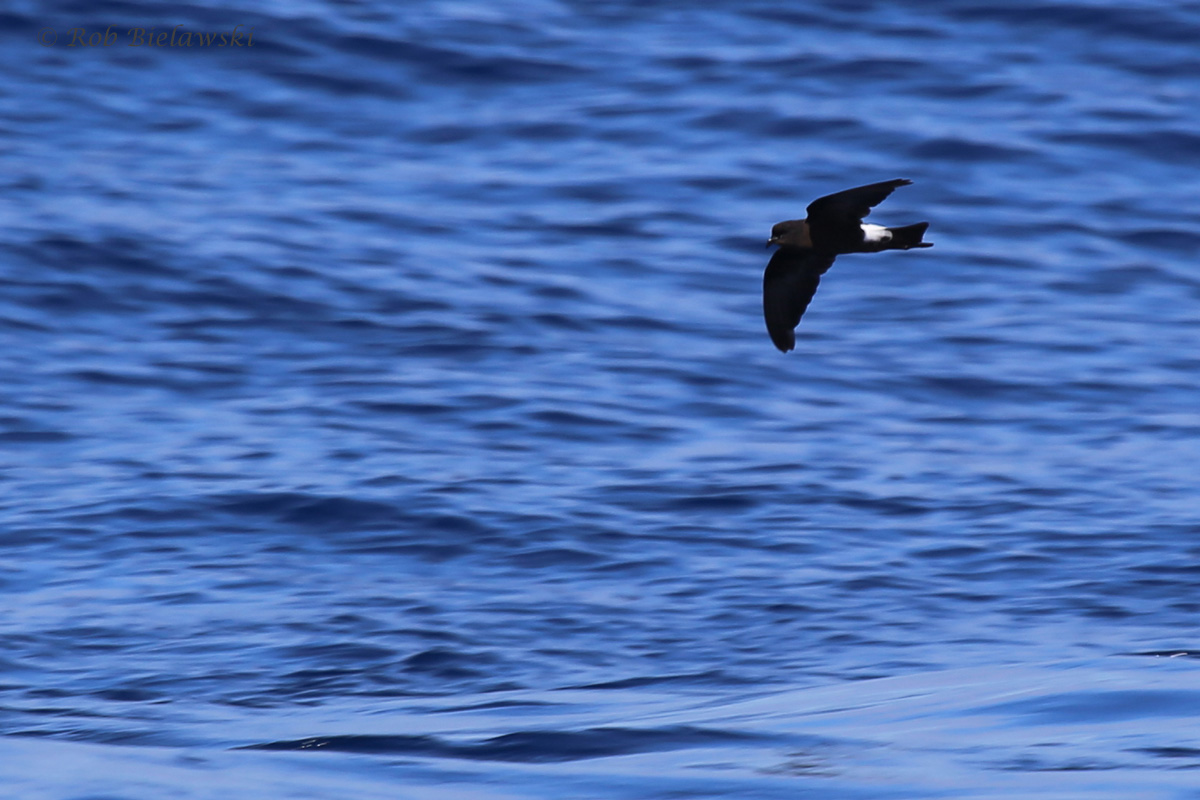
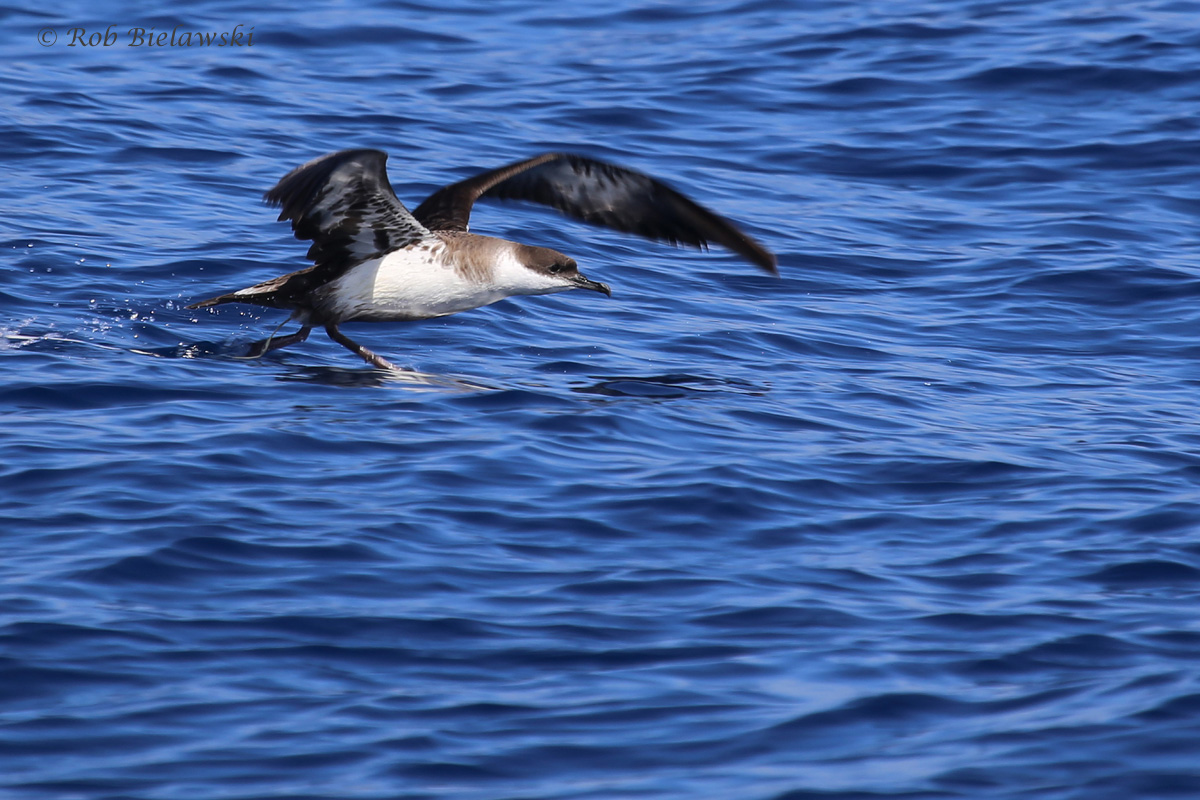
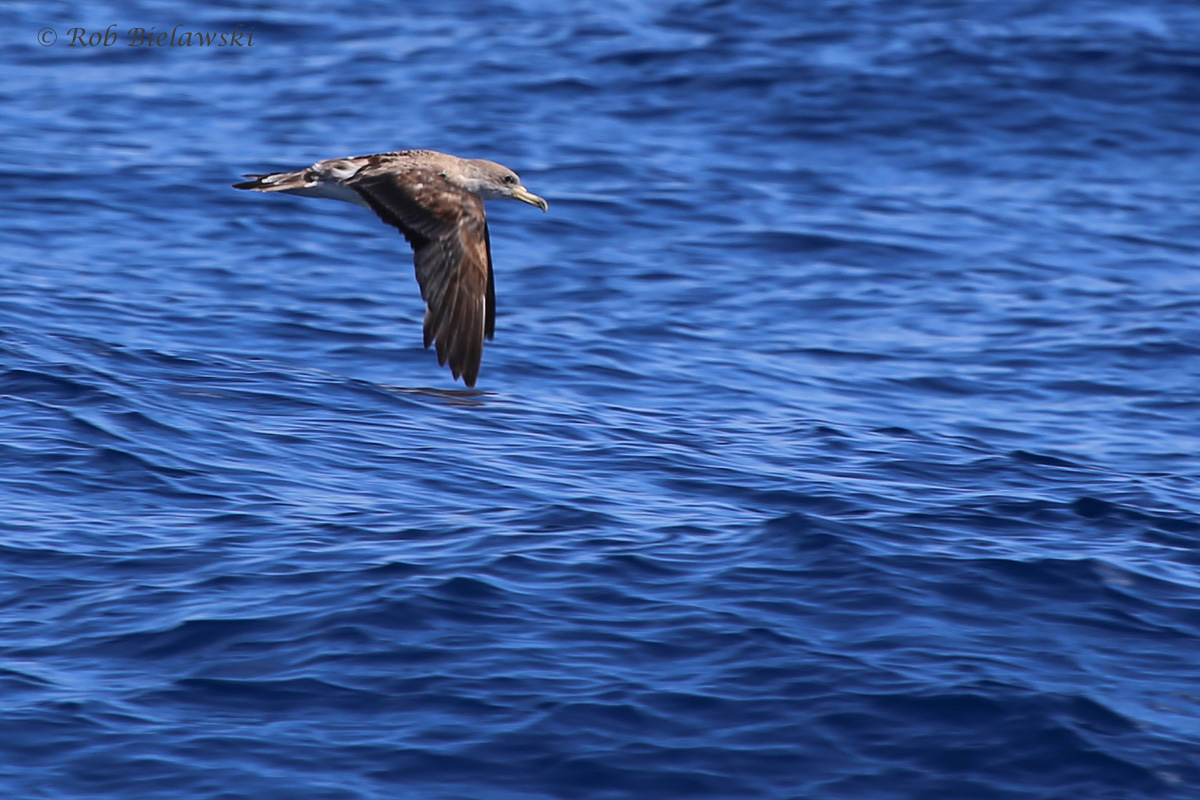
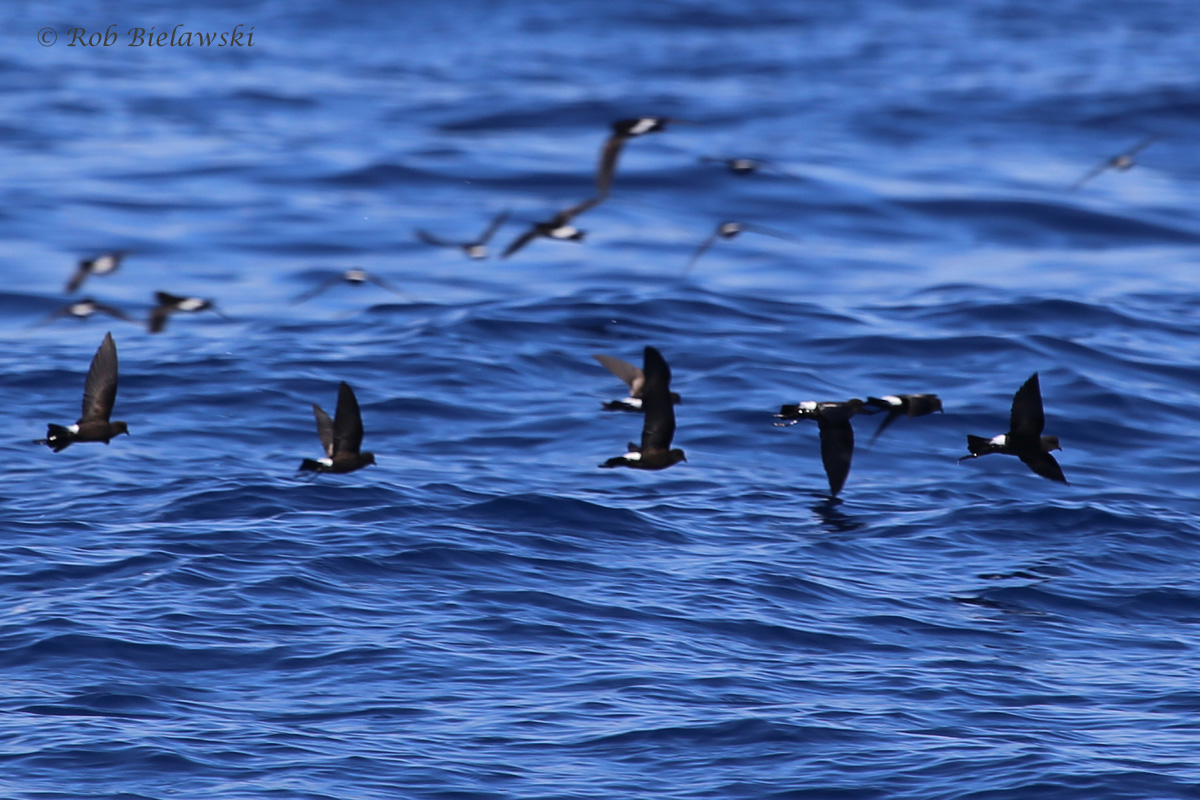
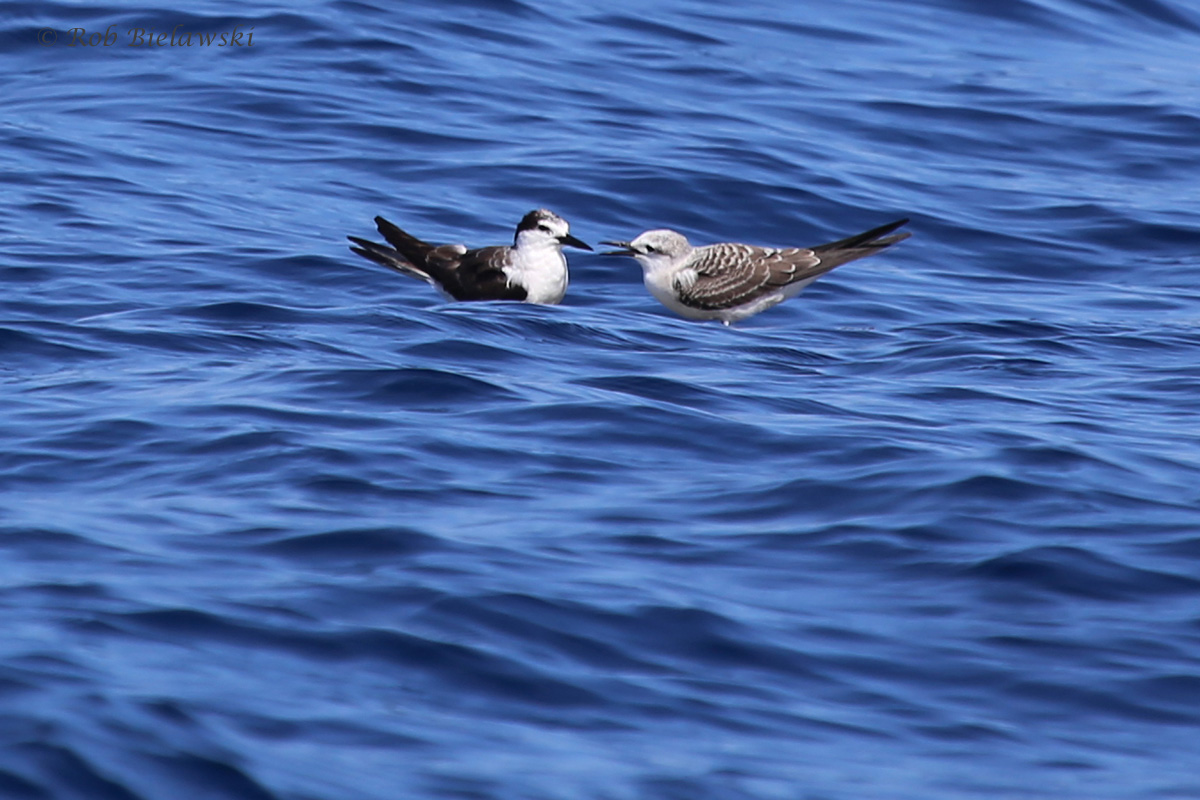
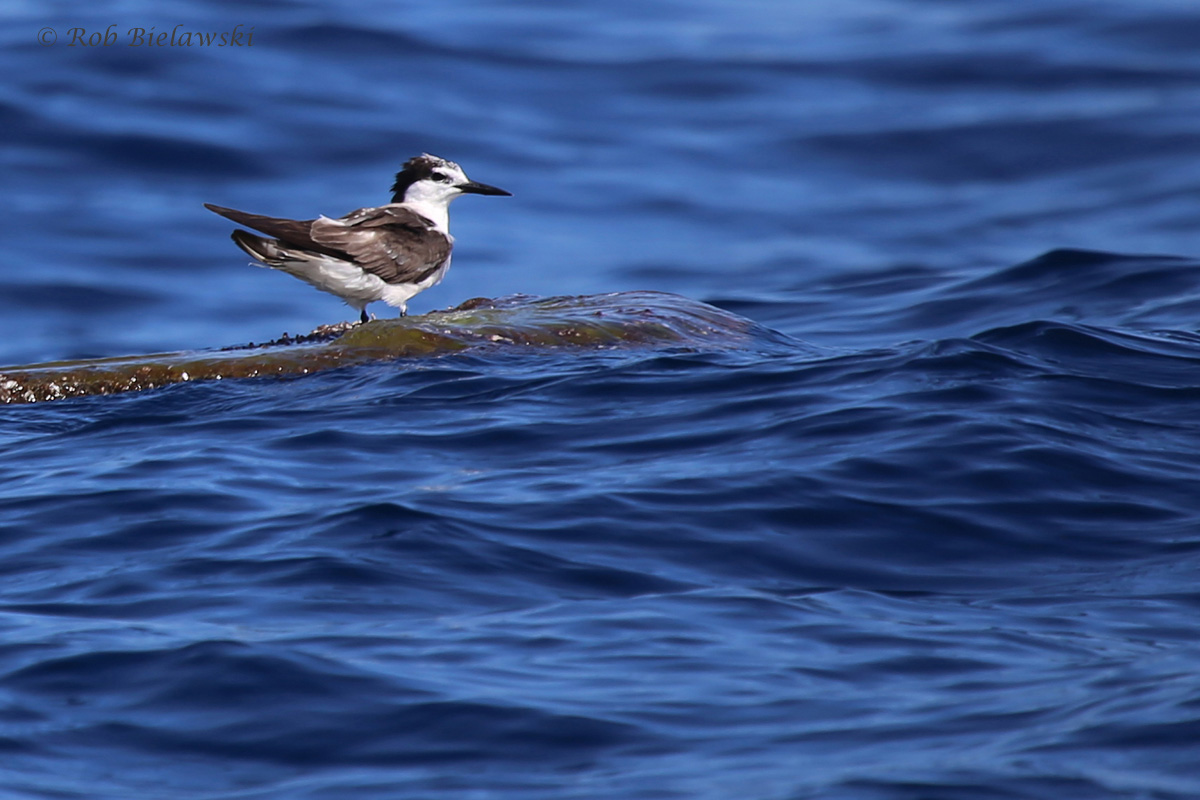
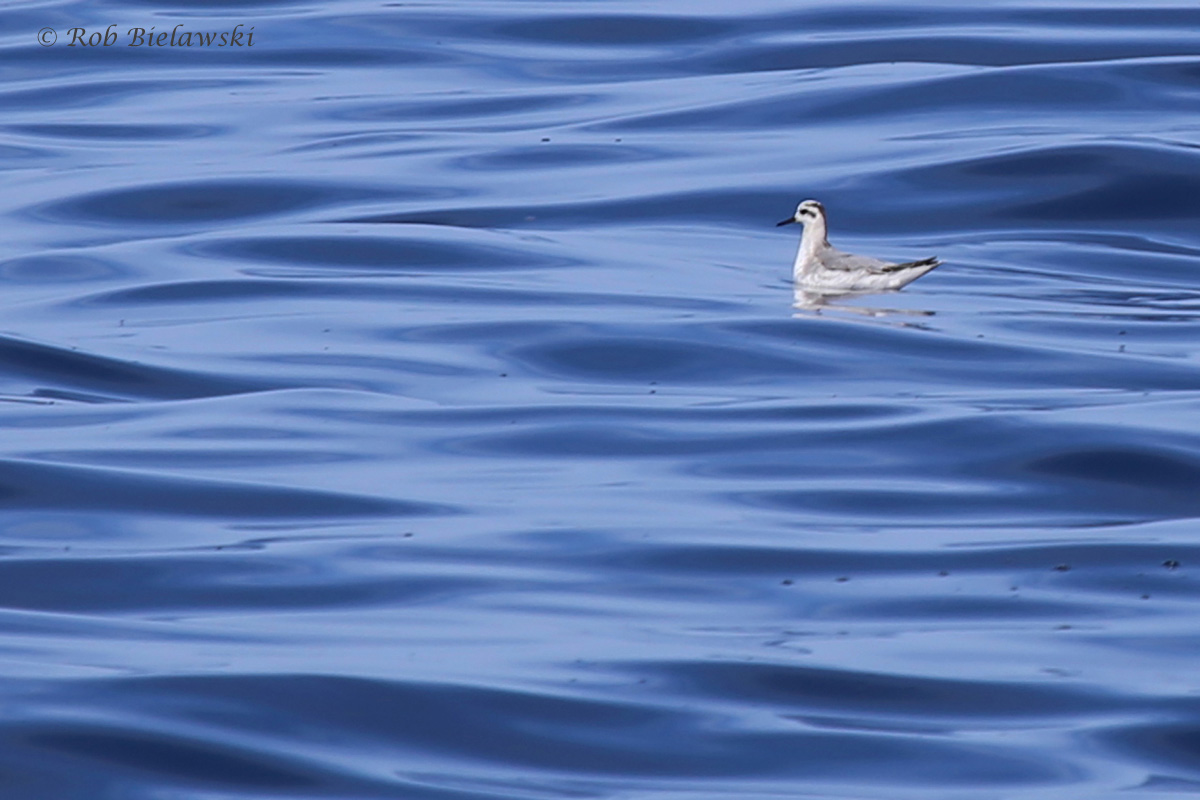
OBSERVATIONS: With heavy rain totals amounting from Tropical Storm Hermine as it passed by us on 3-4 September, prime shorebird habitat found at Back Bay NWR was temporarily ‘ruined’ by high water. Shorebirds will use beaches, mudflats, and fields with slight amounts of water ponding on them, but when the water gets to be too high, they will seek out feeding grounds elsewhere. Due to this, shorebird reports during mid-September plummeted from the previous period. Songbird migration was also hindered considerably by dominating southerly winds throughout most of the period, which halts their southbound movement as they funnel down the Eastern Shore towards Wise Point, and then stops them dead in their tracks before they can attempt a crossing of the Chesapeake Bay mouth to reach us here on the southern shore of the bay. With these conditions persisting, it was all the more amazing that a BLACK-BILLED CUCKOO was sighted at Back Bay NWR (Robert Ake & David Hughes). Interestingly, the description in Robert Ake’s eBird report notes that this was “Only my third record in 47 years at Back Bay.” The last of this species to be observed in Virginia Beach also occurred at Back Bay this spring, on 12 May (Karen & Tom Beatty), but sightings prior to the last year or two are very sparse in eBird, perhaps because many local experts have yet to input historical checklists but more likely that the species just isn’t observed annually here. At the very beginning of the period, Andrew Baldelli & Will McPhail happened upon a nice mixed group of warblers behind Bayville’s branch of Taste Unlimited (one of my favorite lunch spots). Included in the group was an early first-of-season Swainson’s Thrush, and also first-of-season Nashville Warbler, Hooded Warbler and Wilson’s Warbler, as well as Magnolia Warbler, American Redstarts and Common Yellowthroats which all helped to make this the most diverse warbler checklist submitted so far since the spring season. While all these warblers are annual transients in the spring & fall through Virginia Beach, Wilson’s and Hooded Warblers are usually only reported once or twice a season, making them highly sought after, even though they aren’t considered to be true rarities since they are expected to pass through annually at least in low numbers. Another first-of-season warbler, and several days early as well, Mary Catherine Miguez was able to photograph a lovely Palm Warbler (Western race) at Pleasure House Point on 12 Sep (average expected arrival date is 15 Sep here). We had a new raptor arrival this period also, being a Sharp-shinned Hawk that was observed at Pleasure House Point (11 Sep / Andrew Baldelli & Will McPhail and also Gerco Hoogeweg & Phil Kenny). That leaves Broad-winged Hawk as our last expected raptor for which we have no fall sightings yet. While their migration is certainly ramping up, they typically migrate inland and aren’t picked up here very often, though they’re seen fairly frequently up at the Kiptopeke Hawkwatch on the Eastern Shore. Our final first-of-season observation for the period was that of a Sora at Princess Anne Wildlife Management Area’s Whitehurst Tract (15 Sep / Stephen Living). This park was a good spot to find Sora throughout the spring season as well, and it seems that they’re now starting to return to their wintering grounds around Back Bay and its freshwater tributaries. For those individuals starting to get hopeful for waterfowl migration, a group of ~100 Green-winged Teal was observed at Back Bay NWR (15 Sep / Robert Ake & David Hughes), making this the first actual flock of non-summering waterfowl within Virginia Beach so far this fall. As October approaches, we’ll start to see more on that front as well. Often times in these postings, it is easy to pick up on new arrivals to the area, but it is considerably harder to notice when a species is no longer being reported. During this period though it seems as if we might have seen the last of our Mississippi Kites for the season, with the last submitted report falling on 15 Sep (Thoroughgood / Lee Adams). It is possible that there are other observations not yet submitted, but this seems right for their southbound departure with at least one individual having fledged from the primary nest in that neighborhood this summer. Tracy Tate is the resident expert on the Mississippi Kite family that has nested here for three seasons now, so if she adds any additional content to eBird, I’ll be sure to discuss it in next period’s entry. As with last period, Brian Patteson’s Seabirding vessel, the Storm Petrel II, again took a full group out of Lynnhaven Inlet, this time on 18 Sep to Norfolk Canyon for a day of pelagic seabirding. Though the notable species found on the trip all occurred in Northampton County (despite most people’s eBird reports being plotted inaccurately in Virginia Beach waters) per eBird’s Closest Point of Land protocol, it warrants mention here since the trips depart from Virginia Beach and roughly one hour at each end of the trip does occur within Virginia Beach waters. This particular outing was able to turn up the following species of interest: CORY’S SHEARWATER, GREAT SHEARWATER, AUDUBON’S SHEARWATER, Wilson’s Storm-Petrel, RED-NECKED PHALAROPE, RED PHALAROPE & BRIDLED TERN (written by Kate Sutherland / ph. Dave Shoch & Kate Sutherland). I’ve included photographs from this outing in the slideshow above, partly because I didn’t actually take any photographs during this period in Virginia Beach, and partly because they’re all very interesting species that do occur in our offshore waters as well. Though this was the last trip out of Lynnhaven Inlet for the fall season, make sure to check out the schedules for upcoming seasonal trips on the Seabirding.com website if you have a desire to see these & other pelagic species. Last year, trips were offered here in December and January, so it is worth your time to check the site frequently prior to those months.
SPECIES DOCUMENTED BY MEDIA and submitted to eBird for Virginia Beach during this period included: 11 SEP – Great Egret, Snowy Egret, Yellow-crowned Night-Heron, Bald Eagle, Clapper Rail, Laughing Gull, Royal Tern, Belted Kingfisher, Blue Grosbeak & Boat-tailed Grackle (Pleasure House Point NA / Phil Kenny); Great Egret, Yellow-crowned Night-Heron, Osprey, Clapper Rail, Royal Tern, Belted Kingfisher & Blue Grosbeak (Pleasure House Point NA / Gerco Hoogeweg). 12 SEP – Carolina Chickadee, Ovenbird & Black-and-white Warbler (First Landing SP / Mary Catherine Miguez); Palm Warbler (Pleasure House Point NA / Mary Catherine Miguez). 16 SEP – Eurasian Collared-Dove (Sandpiper Rd. / Gerry Hawkins); Laughing Gull, Ring-billed Gull, Lesser Black-backed Gull & Great Black-backed Gull (Back Bay NWR / Gerry Hawkins); Willet (Rudee Inlet / Gerry Hawkins). 17 SEP – Cooper’s Hawk & Red-tailed Hawk (West Neck Creek NA / Mary Catherine Miguez). 18 SEP – Lesser Black-backed Gull (Camp Pendleton / Karen & Tom Beatty). 19 SEP – Caspian Tern & Sandwich Tern (First Landing SP / Andrew Baldelli); Red-breasted Nuthatch (First Landing SP / Mary Catherine Miguez). 20 SEP – Mourning Dove, Northern Mockingbird & Chipping Sparrow (Bow Creek Rec Center / David Clark); Mourning Dove, Ruby-throated Hummingbird, Downy Woodpecker, Carolina Chickadee, Tufted Titmouse, White-breasted Nuthatch, Brown-headed Nuthatch, Carolina Wren & Northern Cardinal (Glenmore Hunt Tr. / Karen & Tom Beatty).
LOOKAHEAD: Given the recent rains, that at times seemed never-ending, shorebird habitat is going to be tough to come across. Agricultural fields and beaches will likely be the best places to search for these species. Songbird migration should continue to pick up steadily, and any morning following a night of northerly or northeasterly winds could provide scores of warblers moving through pockets of forested areas. Areas that have both thick cover, and available freshwater like Redwing Park, Stumpy Lake, First Landing State Park and any neighborhood ponds & parks are great places to check, while natural bottlenecks like Back Bay NWR also rank very highly for morning flights of mixed warbler flocks. Of the species that have expected fall arrival dates we have not yet logged our first Canada Warbler, Blue-winged Oriole, Chestnut-sided Warbler & Black-throated Blue Warbler (mid-August arrivals), Blackburnian Warbler, Veery, Black-throated Green Warbler, Tennessee Warbler, Bay-breasted Warbler & Cape May Warbler (late August arrivals), Nelson’s Sparrow, American Bittern, Broad-winged Hawk, Rose-breasted Grosbeak, American Wigeon & Northern Pintail (early September arrivals), Blackpoll Warbler, Gray-cheeked Thrush & Savannah Sparrow (mid-September arrivals) and Brown Creeper, Orange-crowned Warbler, Ruby-crowned Kinglet, Blue-headed Vireo, Yellow-rumped Warbler, Purple Finch, Winter Wren, Yellow-bellied Sapsucker, Dark-eyed Junco & Ruddy Duck (late September arrivals) in Virginia Beach yet this fall. Those seeking out non-annually occurring (essentially, rare) species should be mindful that the following species all have extreme arrival dates that make them possibilities here per the Gold Book: Long-billed Dowitcher, Upland Sandpiper & Wilson’s Phalarope (mid-July arrivals), Baird’s Sandpiper & White-winged Dove (late July arrivals), Rufous Hummingbird, Sandhill Crane, Golden-winged Warbler (early August arrivals), American Golden-Plover, Red Phalarope, Long-tailed Jaeger, Olive-sided Flycatcher, Mourning Warbler & Lark Sparrow (mid-August arrivals), and Parasitic Jaeger, American White Pelican, Swainson’s Hawk, Yellow-bellied Flycatcher, Least Flycatcher, Alder Flycatcher, Willow Flycatcher, Western Kingbird & Yellow-headed Blackbird (late August arrivals), Arctic Tern, Warbling Vireo, Philadelphia Vireo, Clay-colored Sparrow, Connecticut Warbler (early September arrivals), Lincoln’s Sparrow, Golden Eagle, Western Tanager, Gray Kingbird, Cave Swallow, Eared Grebe & Bicknell’s Thrush (mid-September arrivals) and Bewick’s Wren, Le Conte’s Sparrow, Vesper Sparrow & Lapland Longspur (late September arrivals). So far, none of these rarities have been observed this year during fall migration in Virginia Beach. Most of these species require very specific weather patterns to bring them in, or can be found in only a very specialized habitat, so one should never expect to simply happen upon these species, but, they are species to be at least thinking about while birding the region.
Next Entry | Entry Index | Previous Entry
For more information on this thrice-monthly Birding Blog, please check out the Journal Overview Page on the website. It provides background information as to what sightings are considered for the blog, details about the format of the blog, and it will likely answer many other questions that readers might be wondering about as well! As always, thank you for reading, and please leave me a comment below (you may use your Facebook, Gmail or other accounts to easily do so), or just click the Heart icon to the lower right of this post to let me know you stopped in!

















